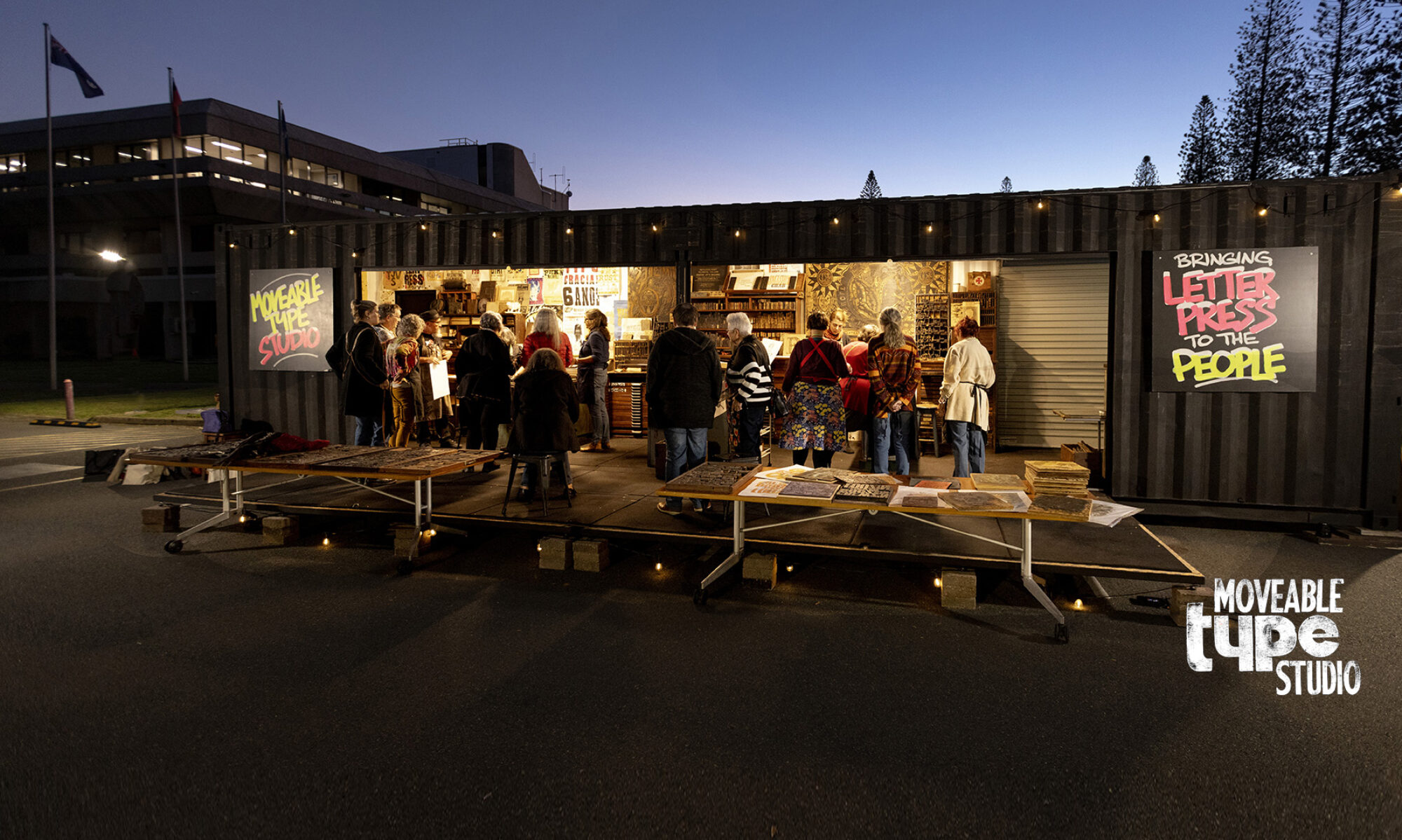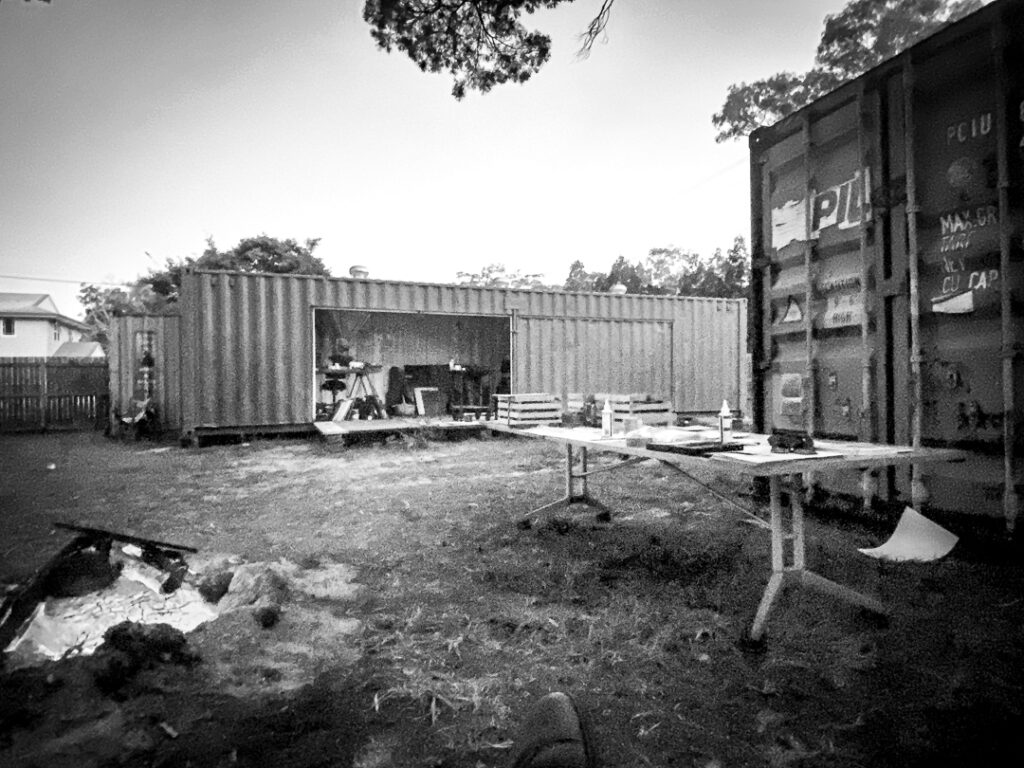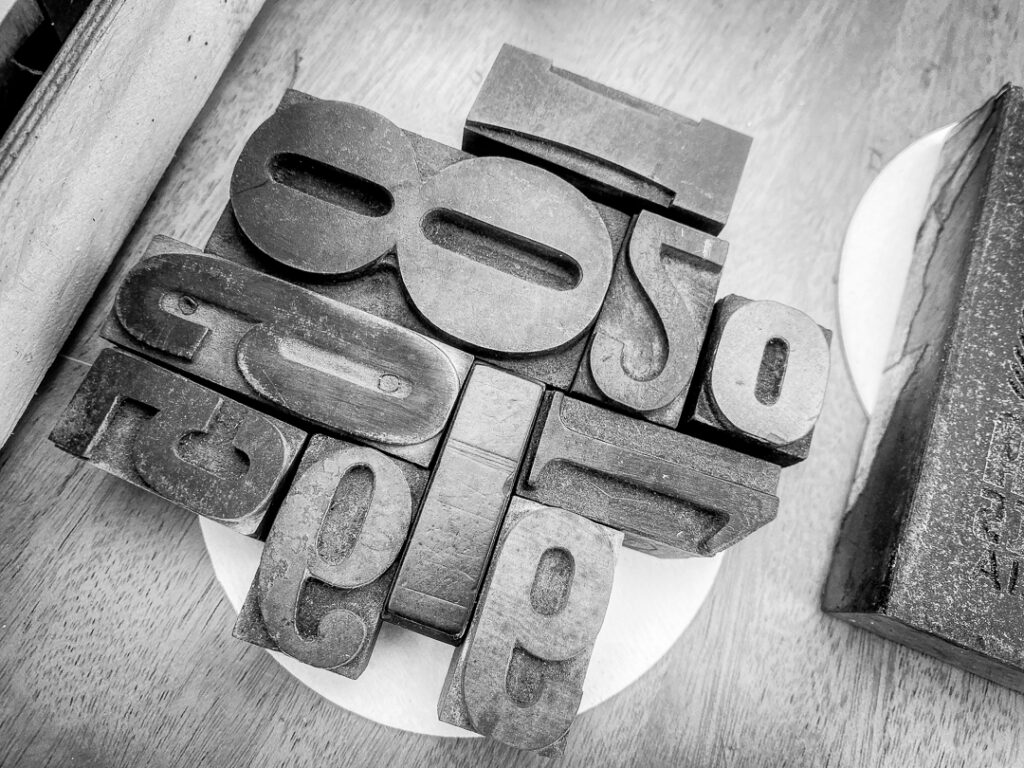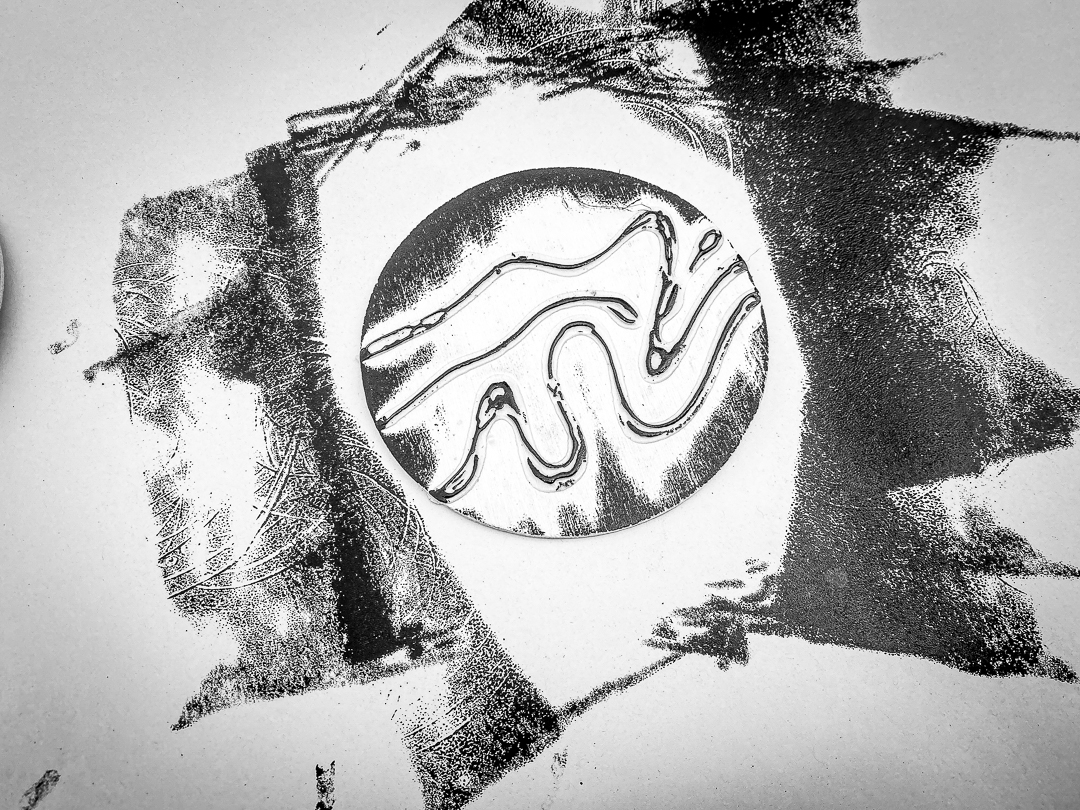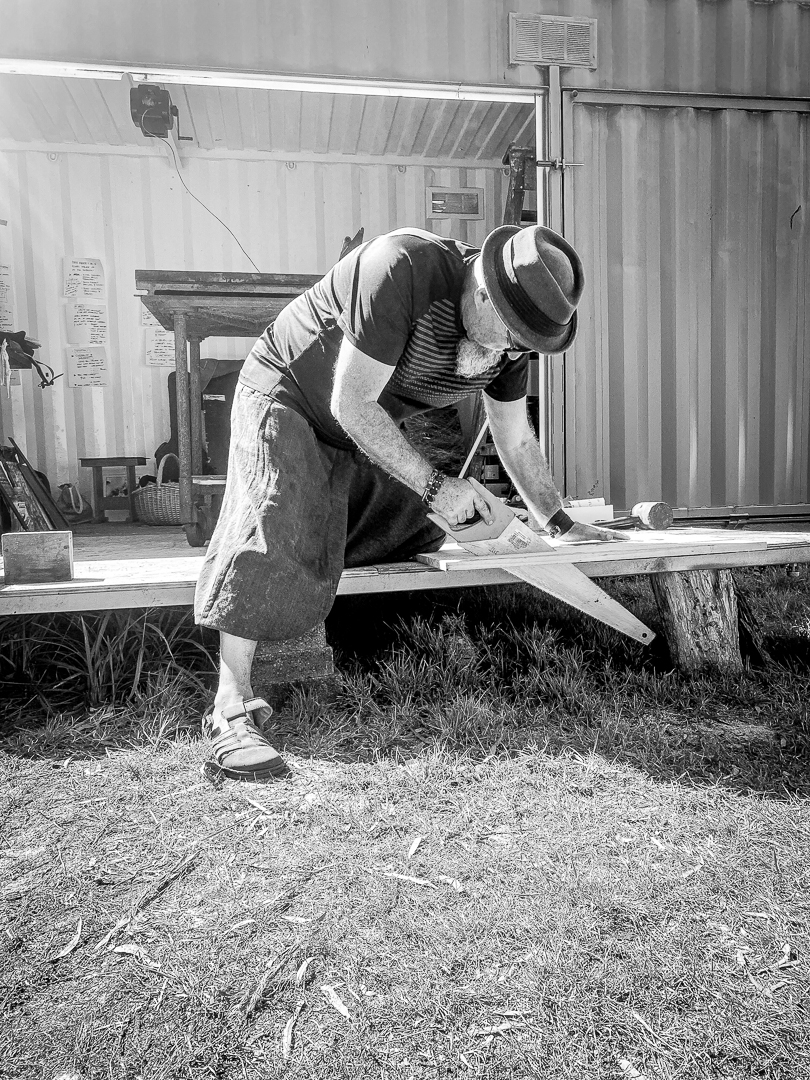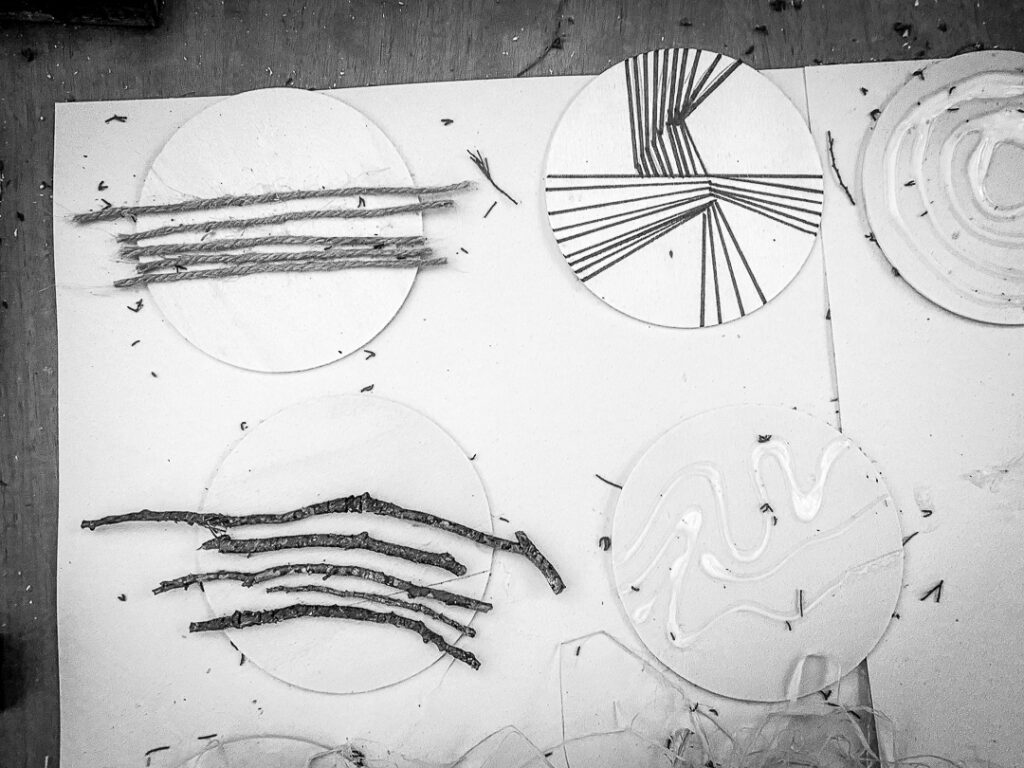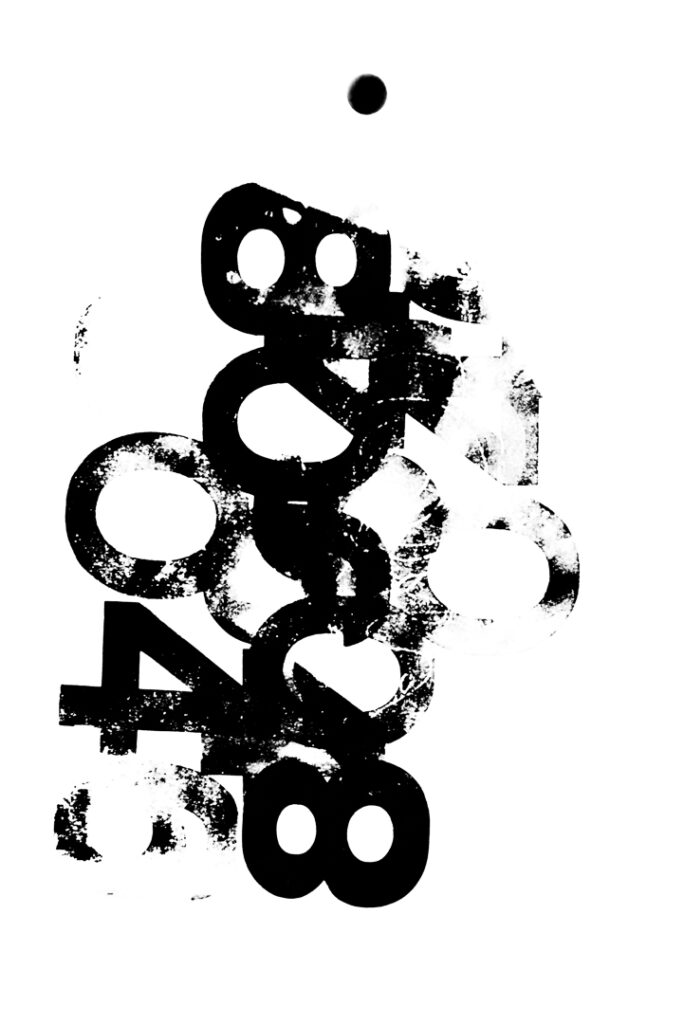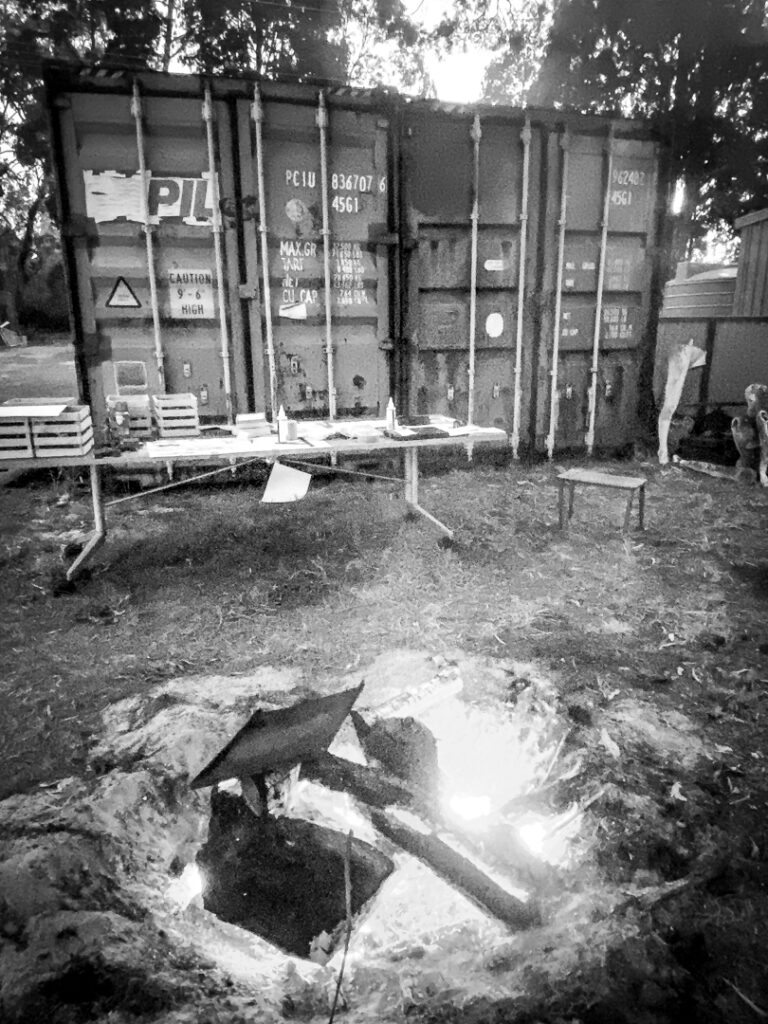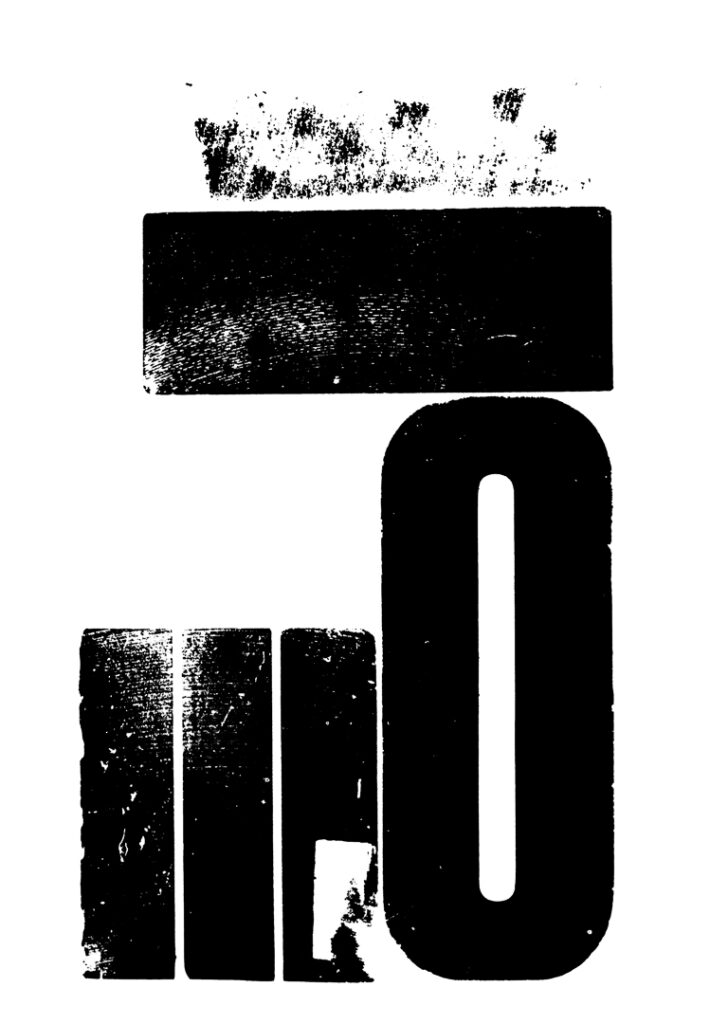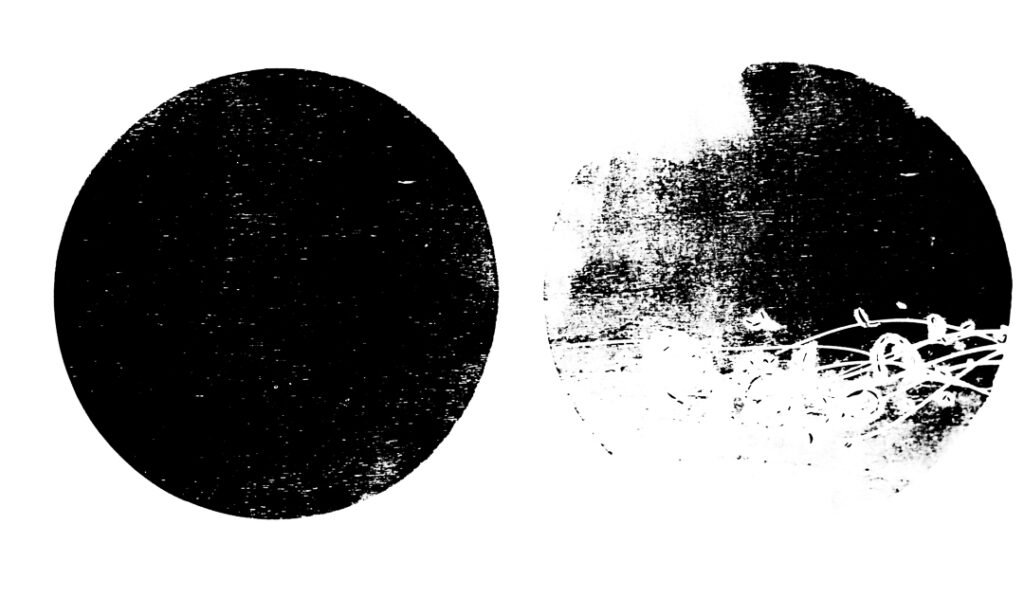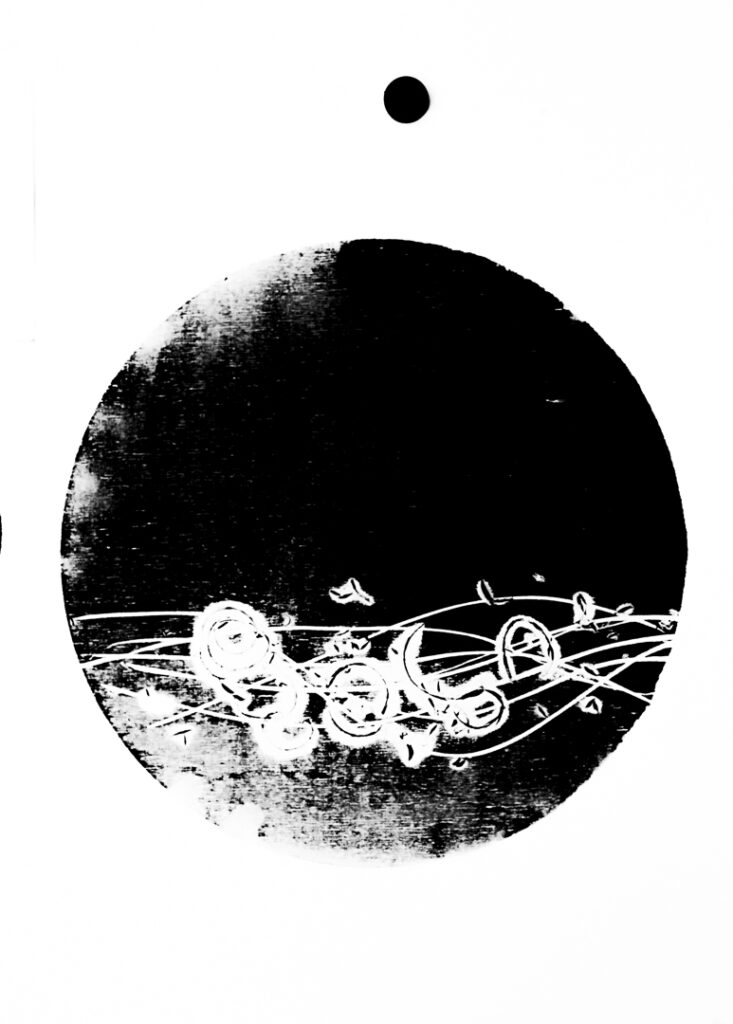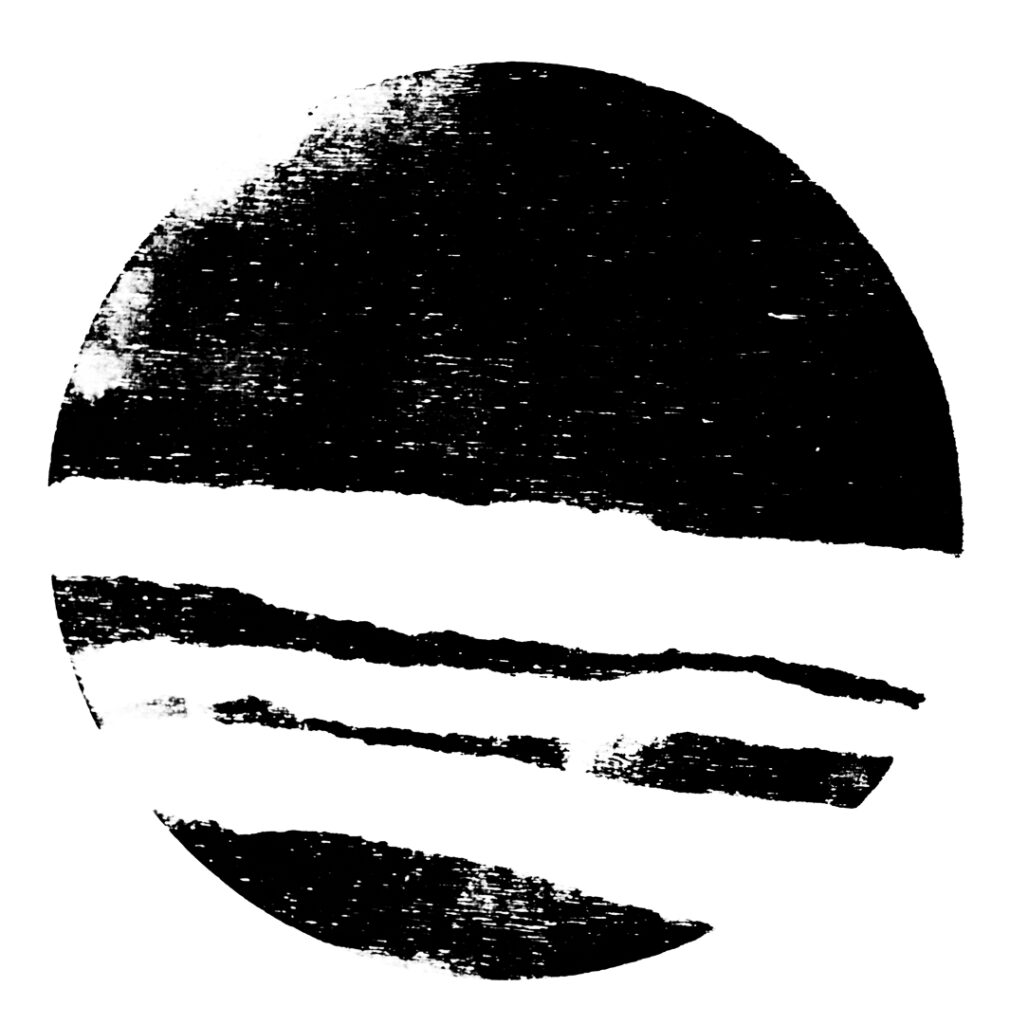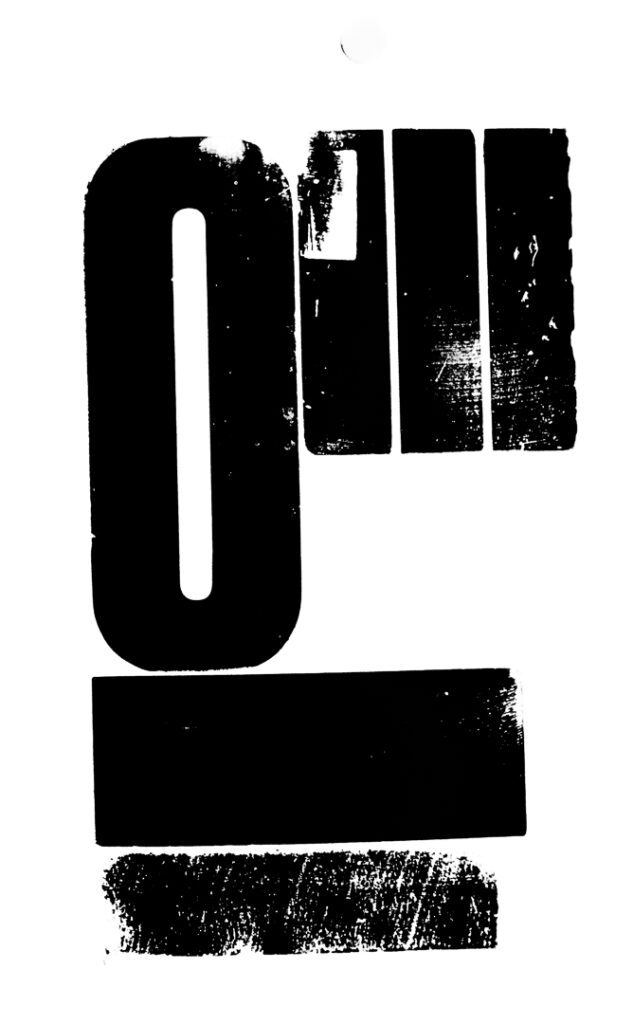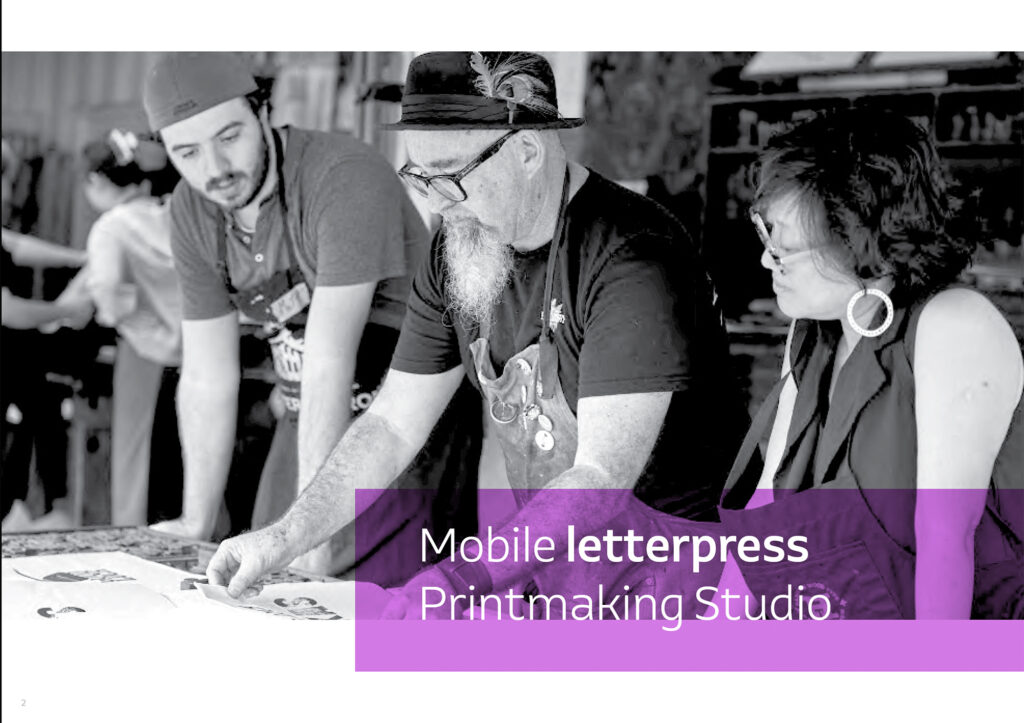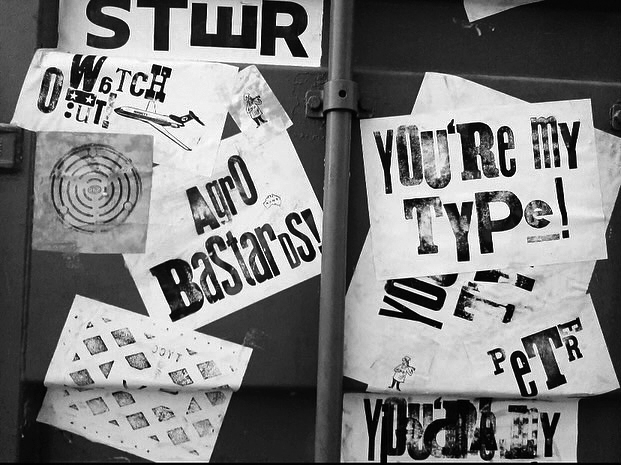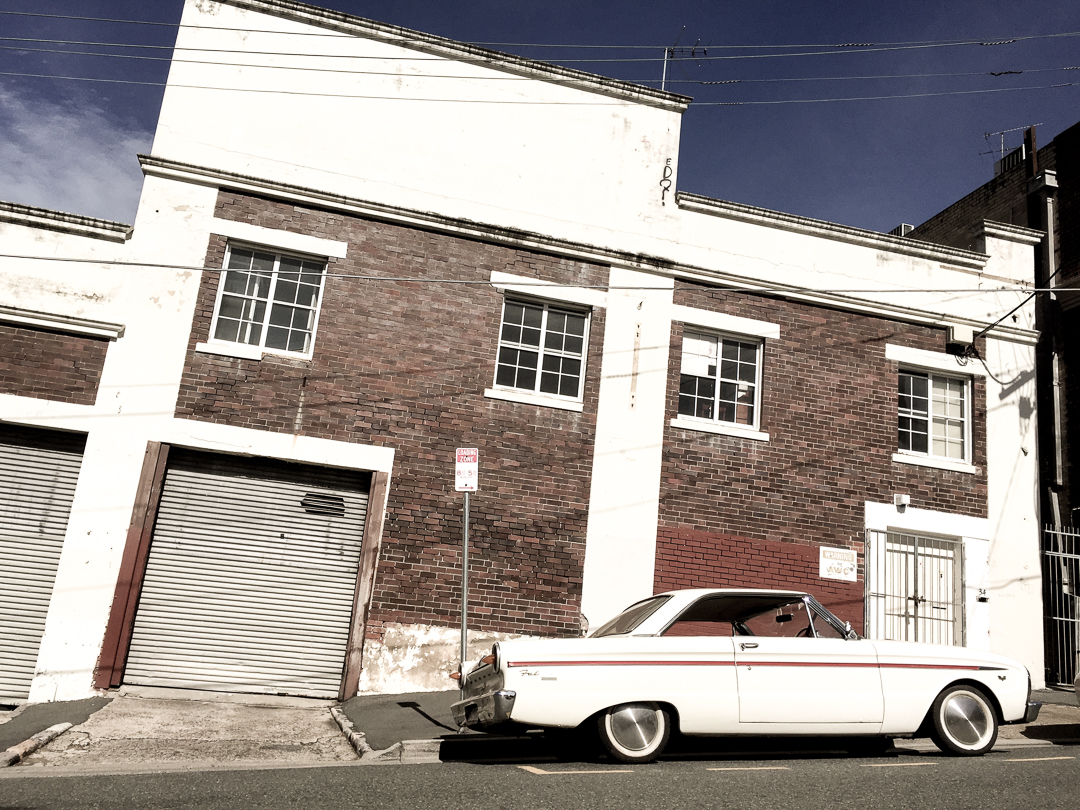
Ok here’s how the story goes. The Clint Harvey letterpress journey started in a dusty old 1920s small goods warehouse on Agnes Street, Fortitude Valley. The place was affectionately called The Bacon Factory – not because we made bacon, but because that’s what it once was. For eight years, this gritty little gem was home to my letterpress journey. It had character—creaky floors, cracks in the walls and a basement that would scare the shit out of your mother. The smell of ink and grease, and plenty of quirks that made it perfect for a print studio. It was here that the wheels started turning, where my plans for sharing letterpress with community began to take shape. But as with everything in the inner city, developers came sniffing around, and boom, the building got sold. And we were out on our asses on the street.
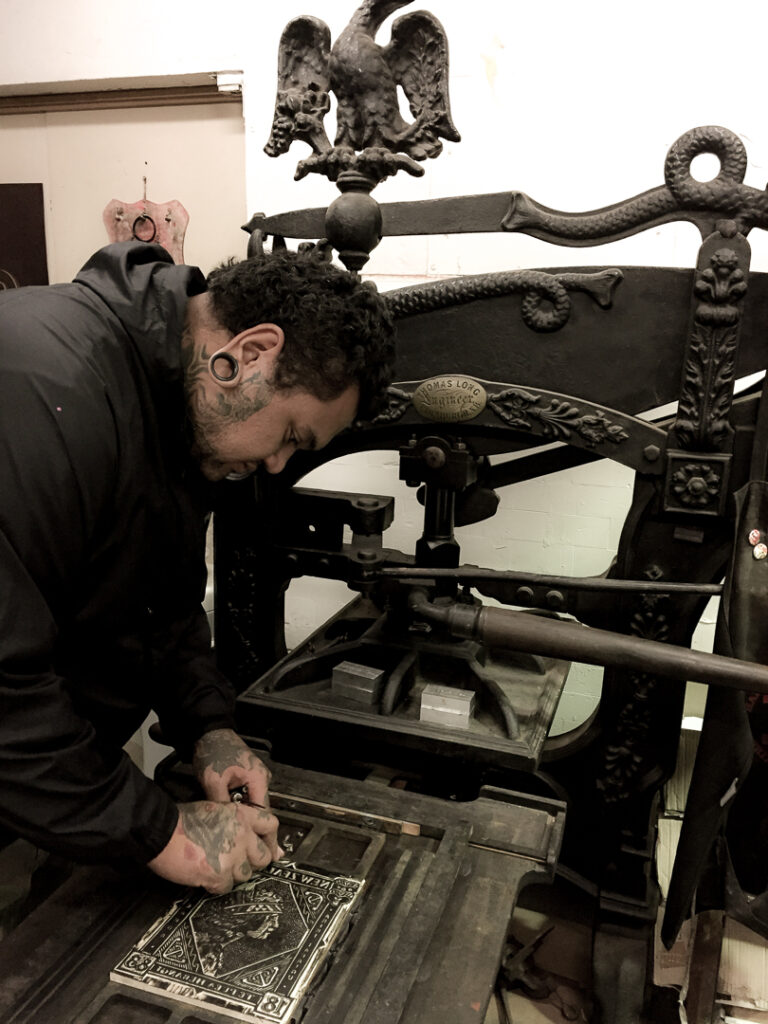
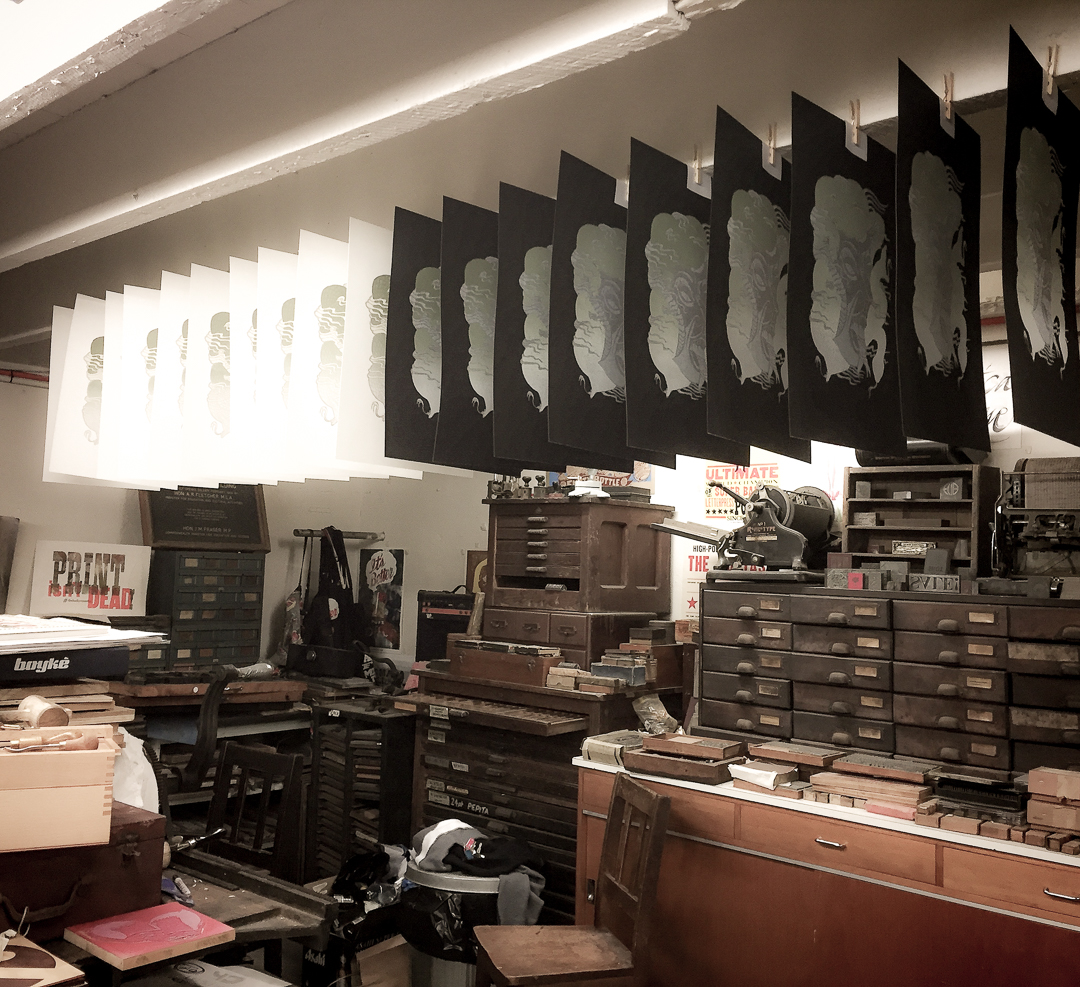
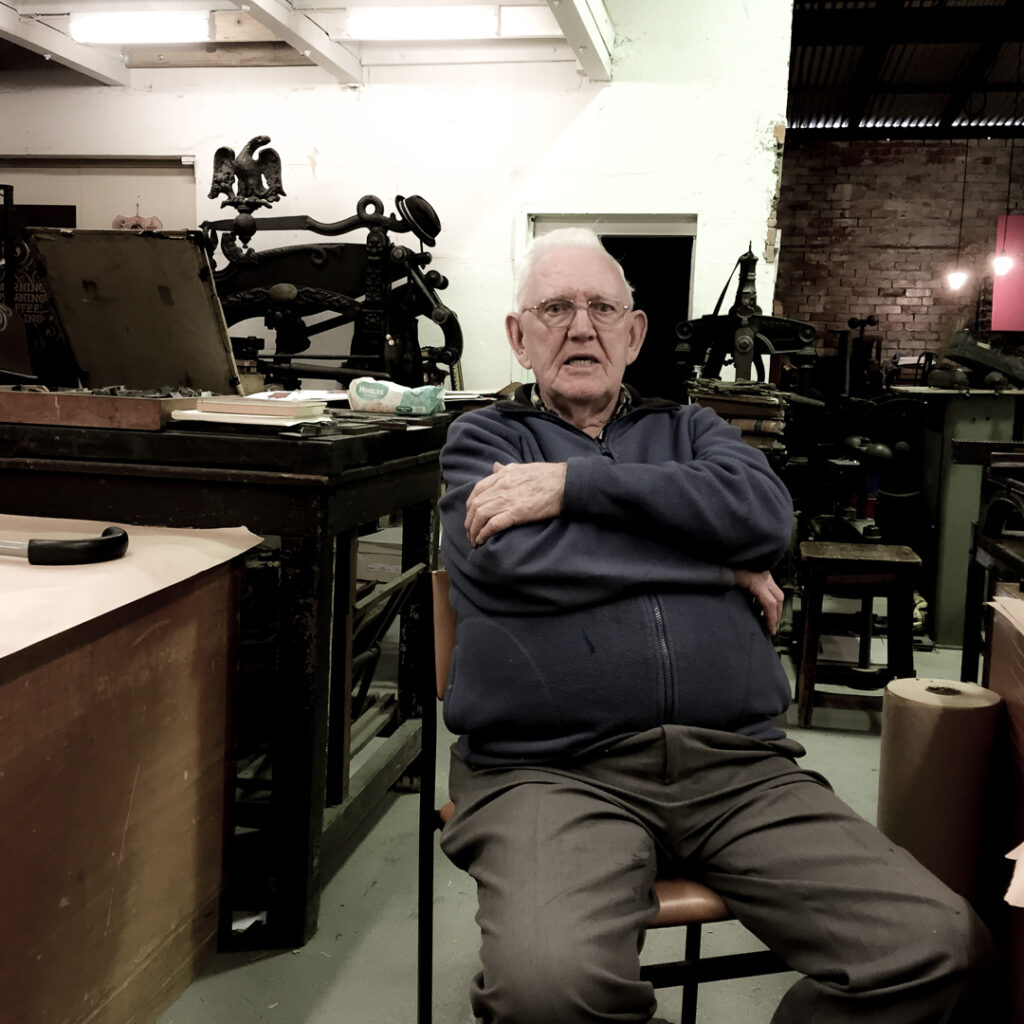
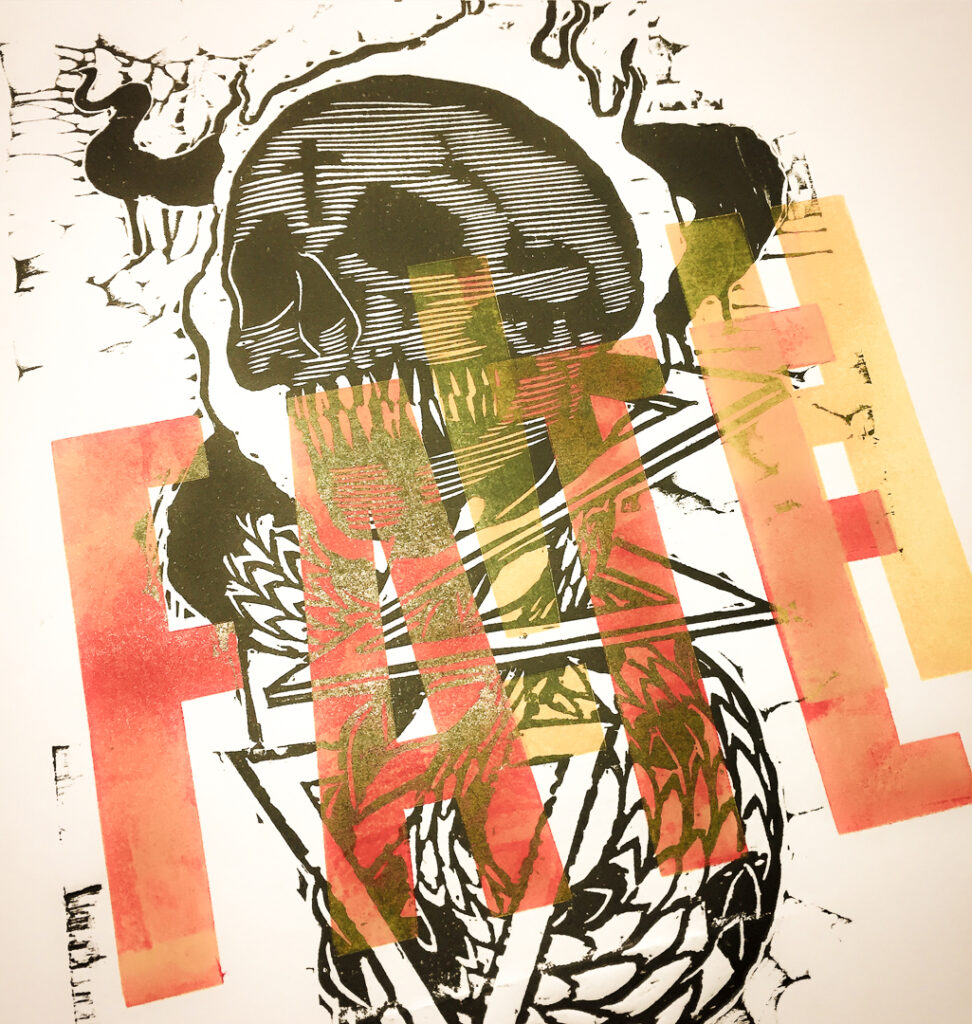
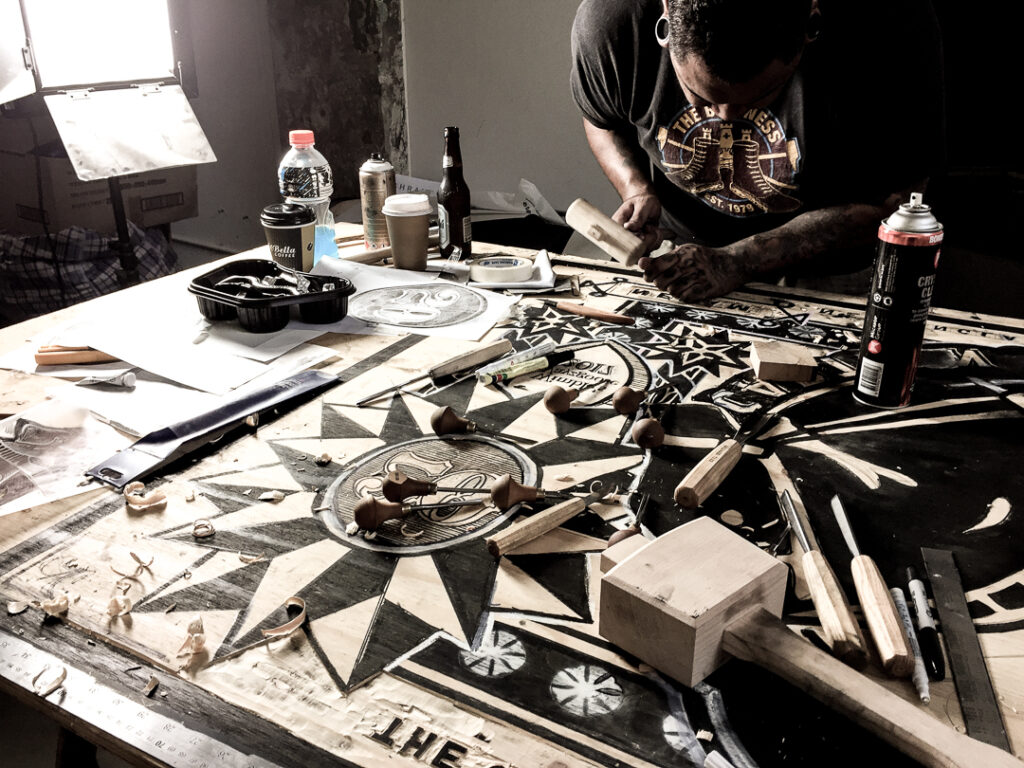
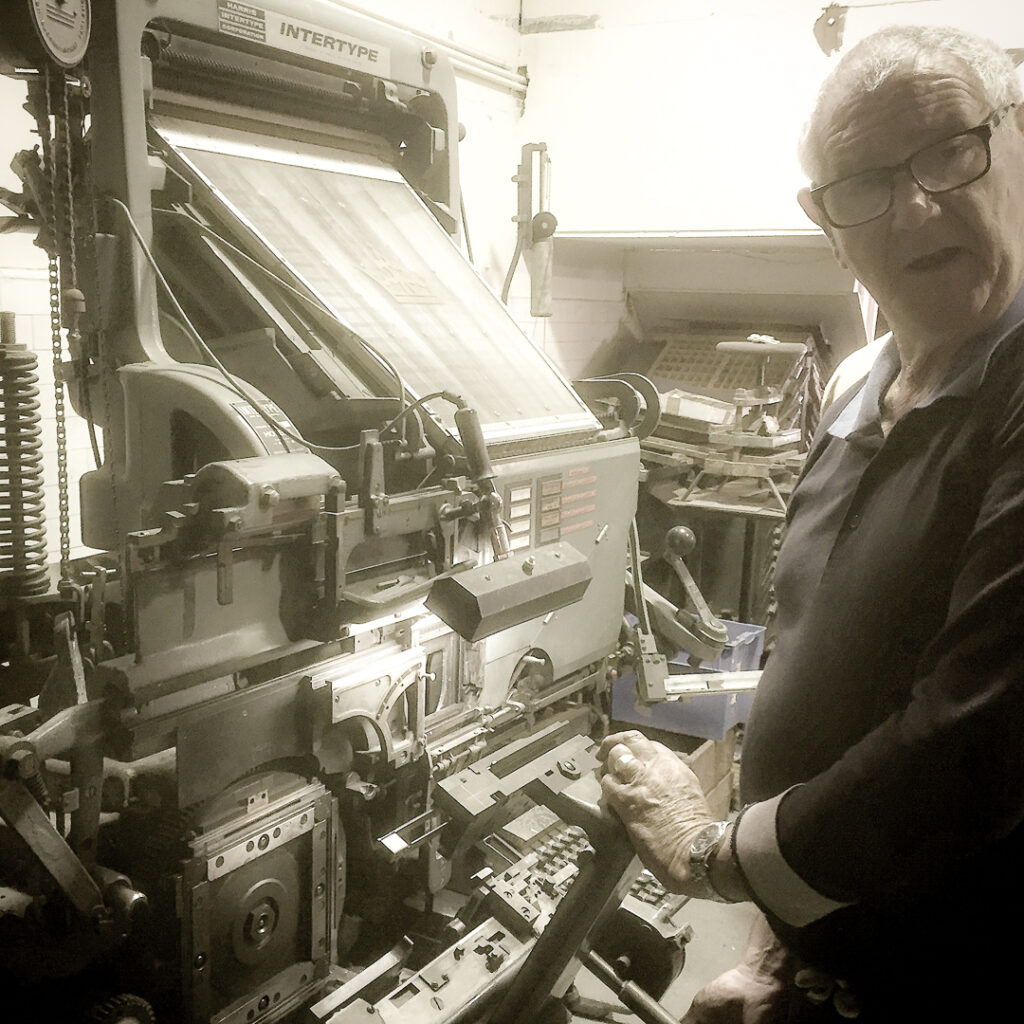
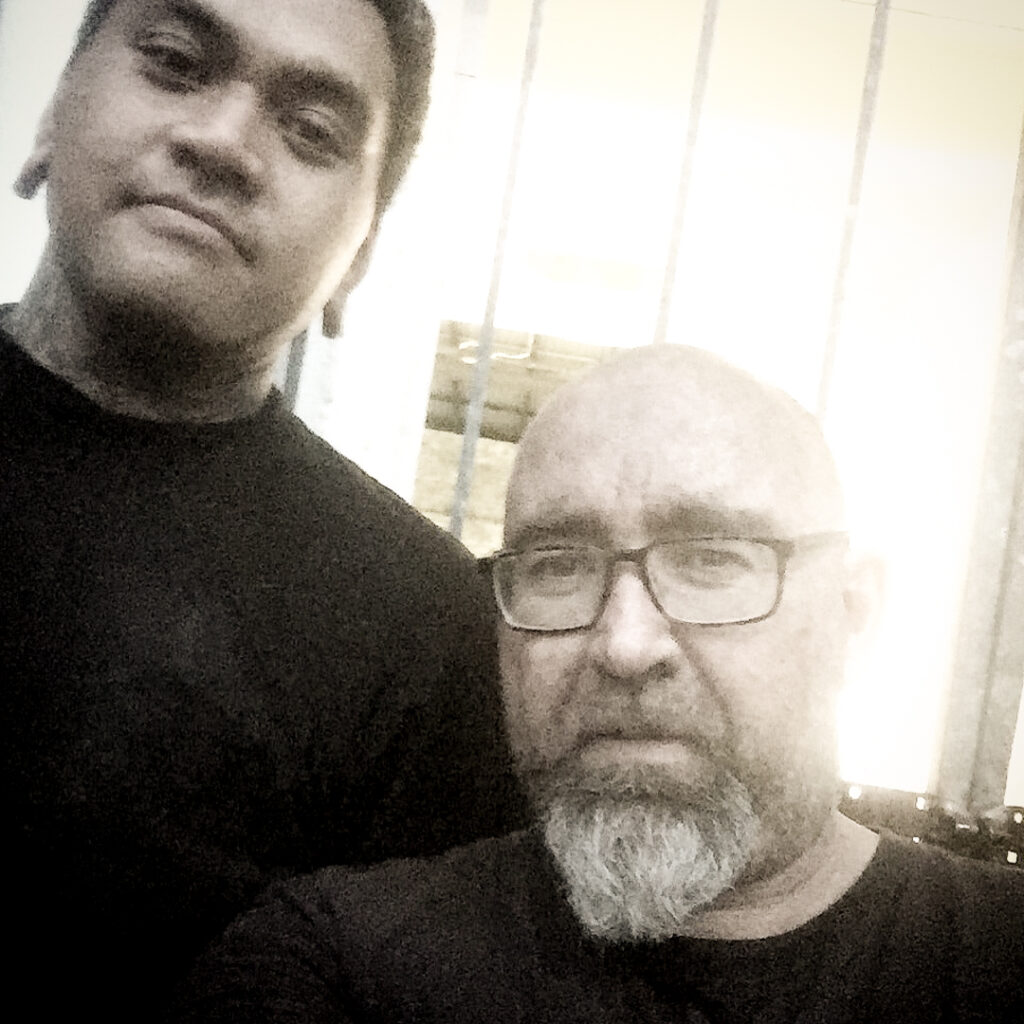
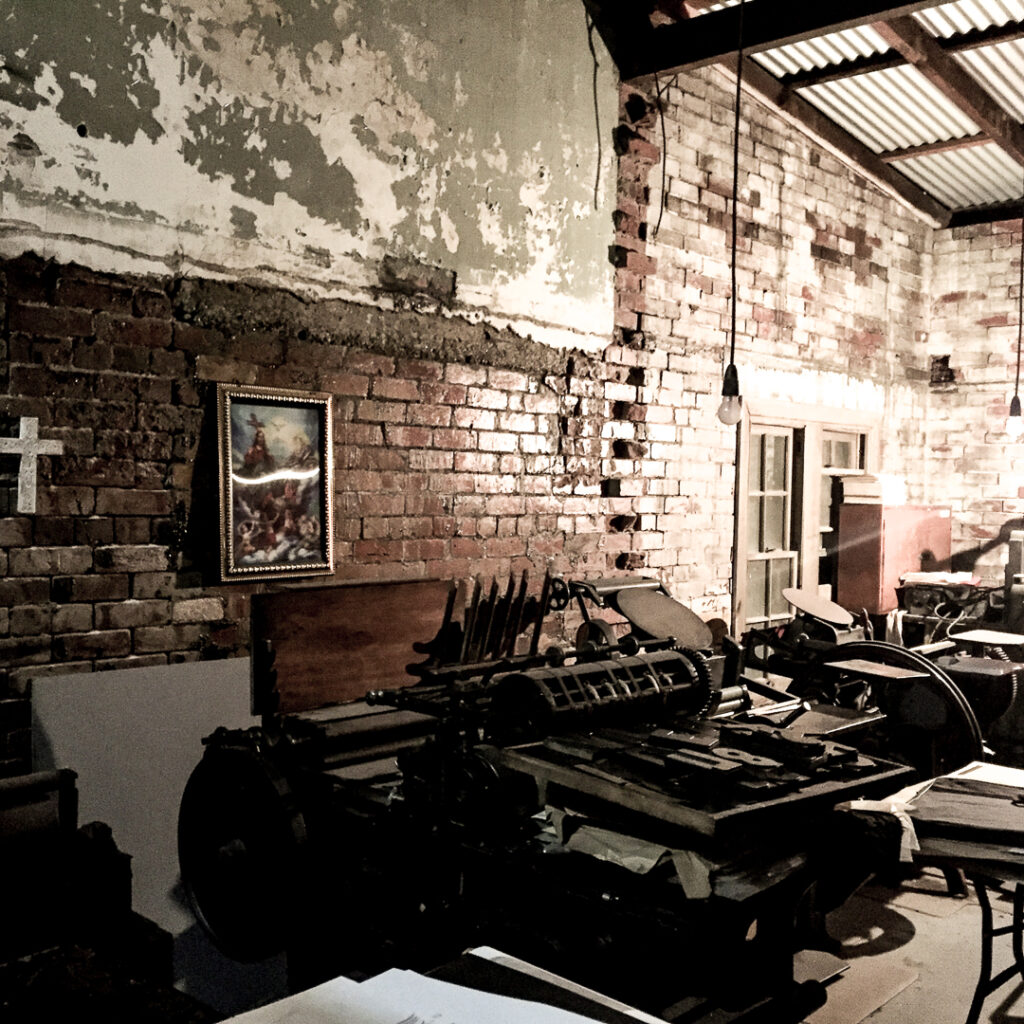
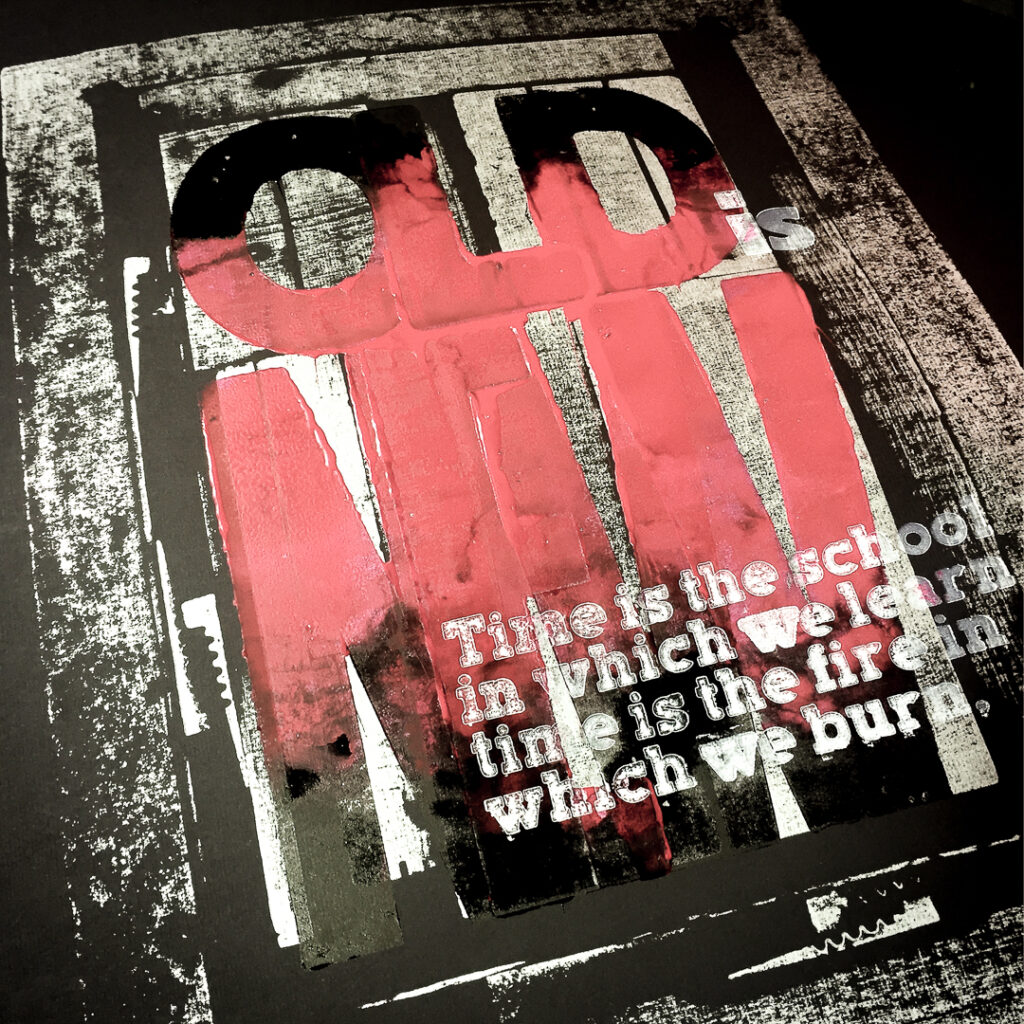
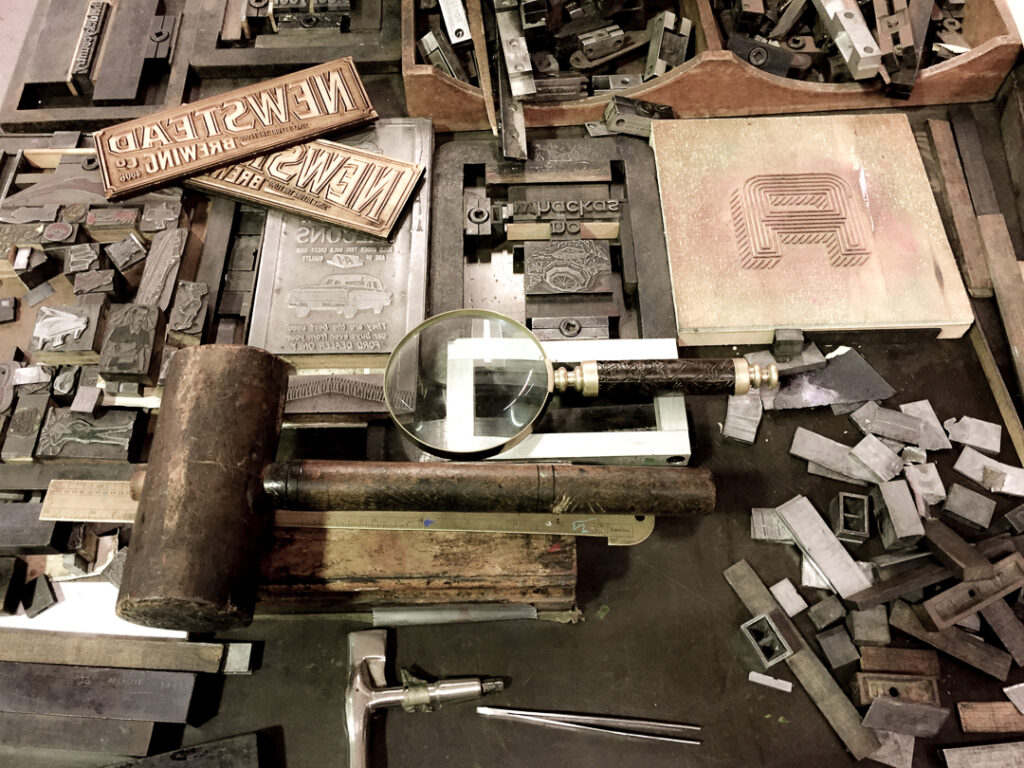
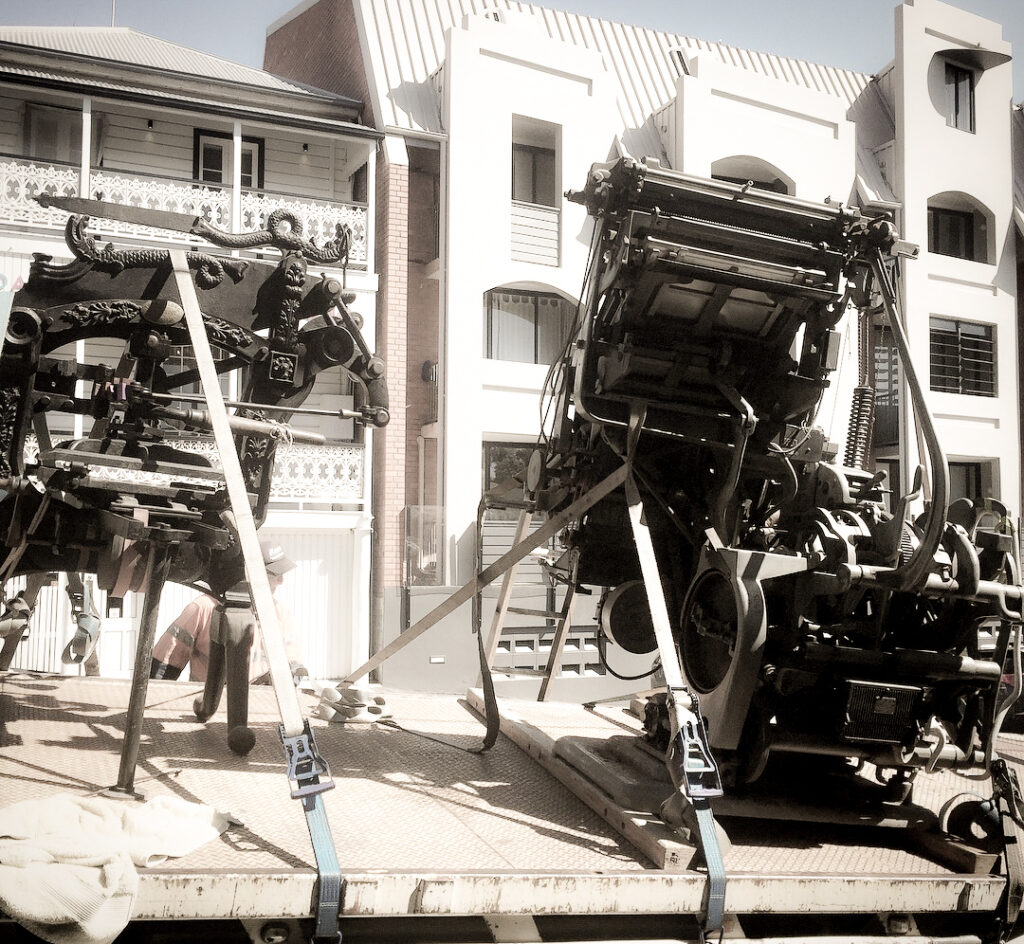
Next stop: Eagle Farm. A 1940s bearing factory that once cranked out head gaskets for the Ford Motor Company. It was further out, a lot bigger but a shit load more expensive but we had 450 square meters of letterpress heaven. And let me tell you, it was pure bliss. The smell of ink mixing with motor oil from the old machines. We had dreams bigger than the space—hoping universities and institutions would see the value of these vintage presses and come knocking. But no, they were too glued to their screens and online classrooms to give a shit about real-world printing.
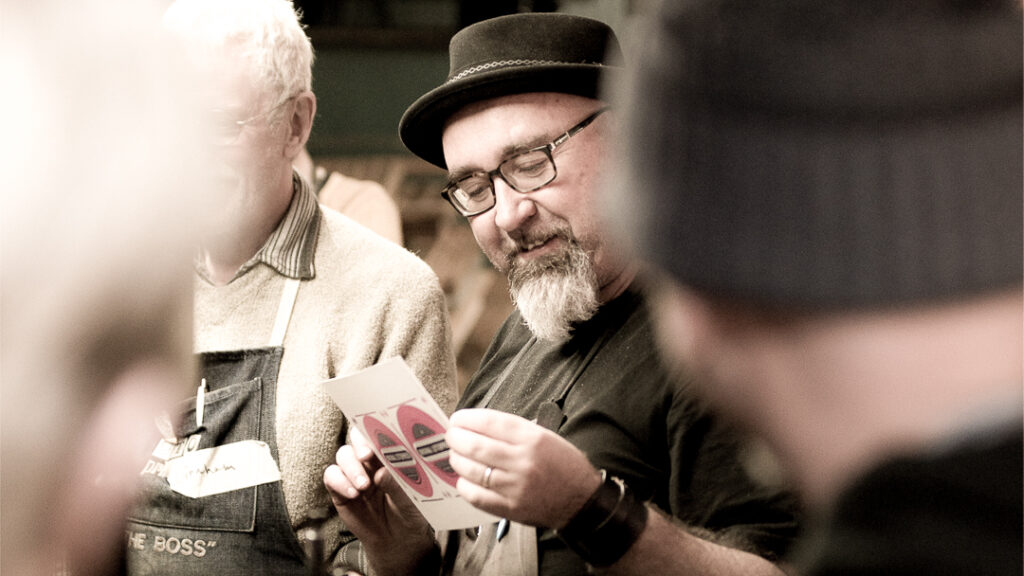
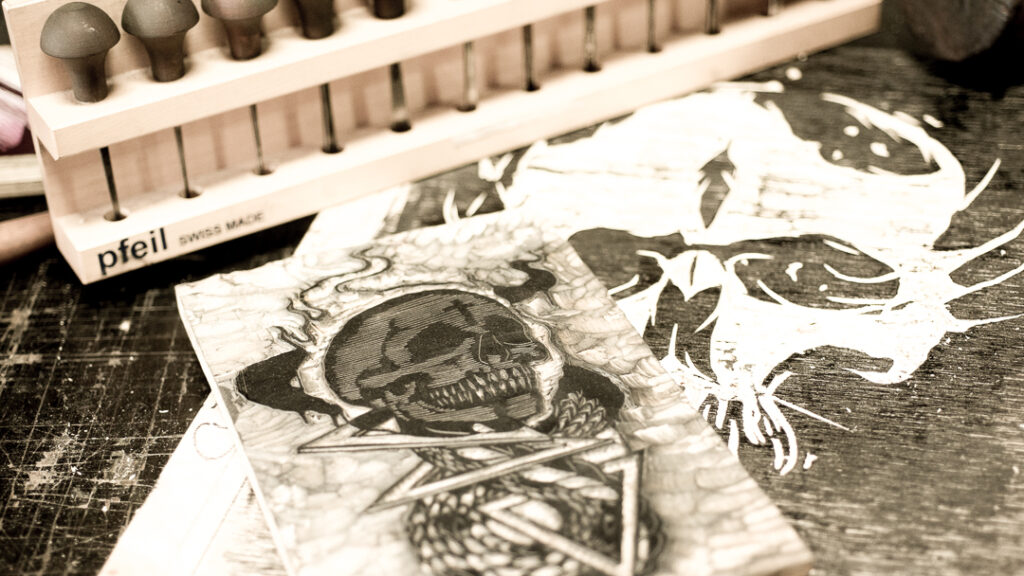
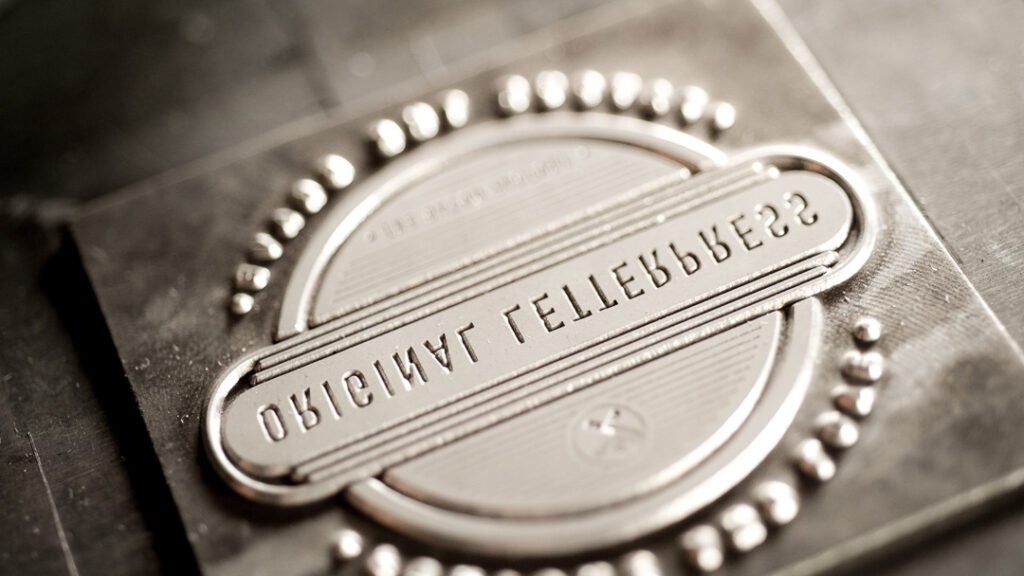
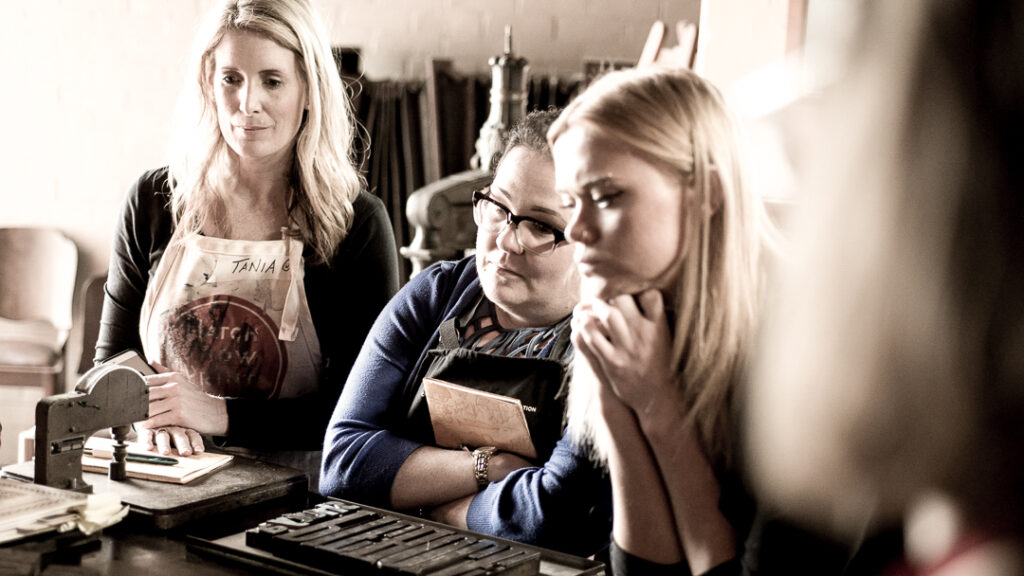
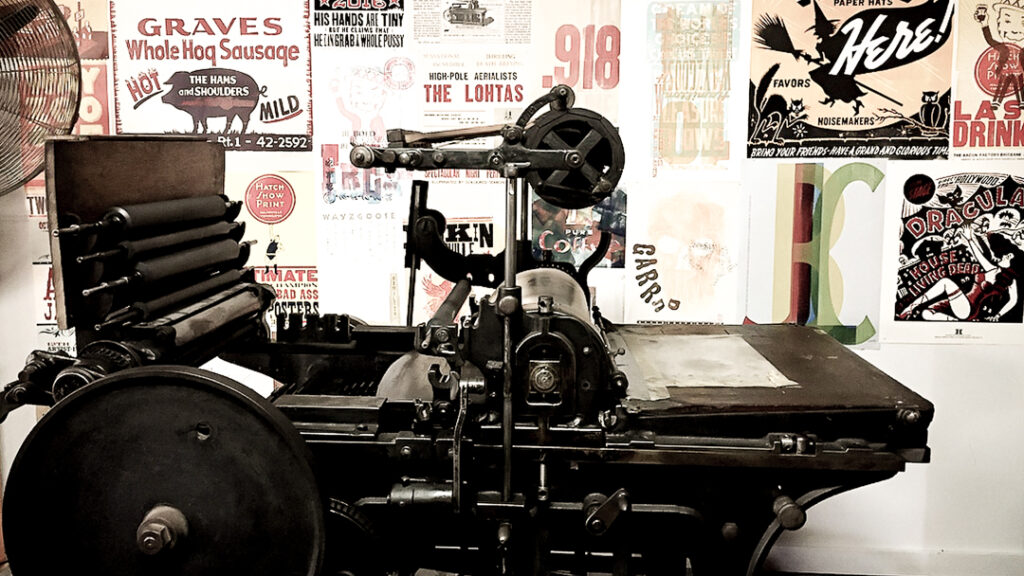
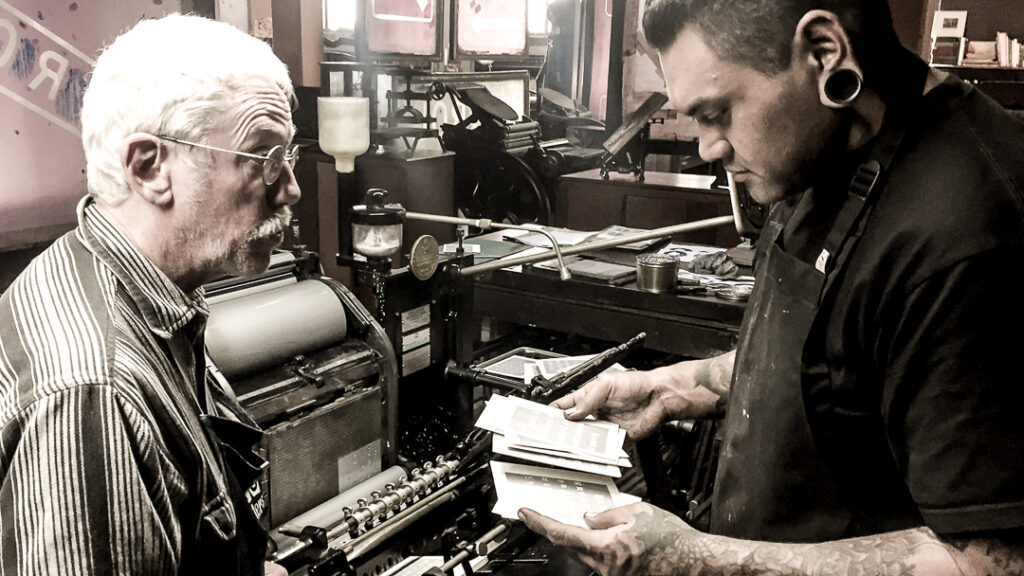
But we pushed on. We threw open the doors to the public and invited everyone in—hairdressers, architects, gardeners, the people who actually keep the world spinning. Workshops ran late into the evenings and even on the Sabbath. People connected through ink and sweat, making real things with their hands. Then BAM—COVID hit. Workshops were wiped out, but the bills sure as hell didn’t stop. Rent kept coming in hot.
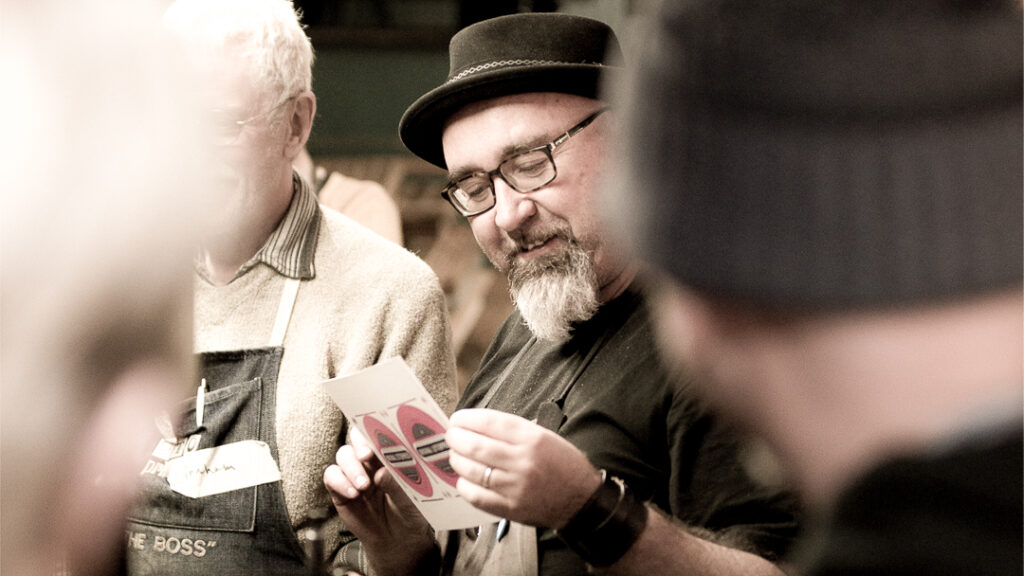
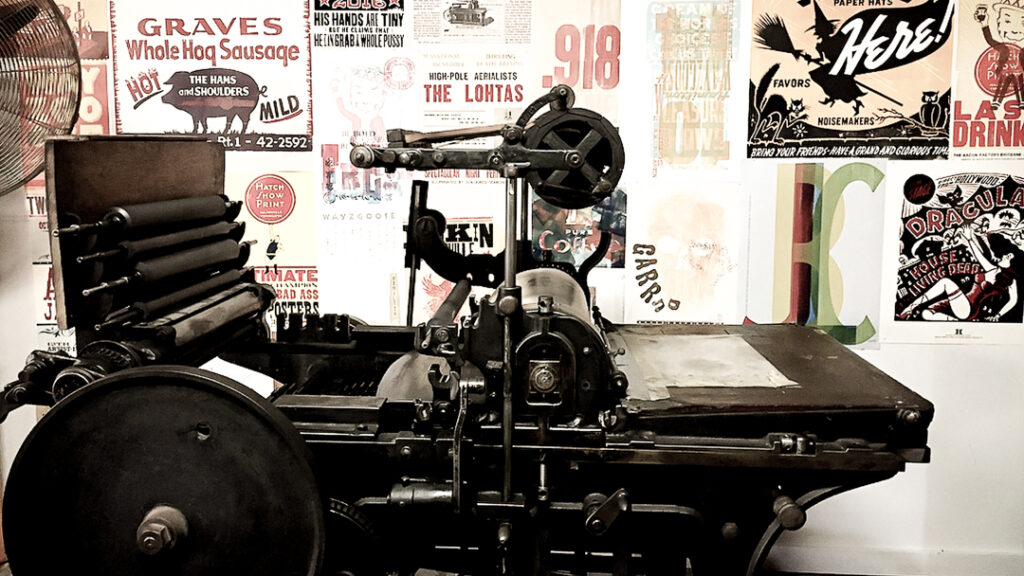
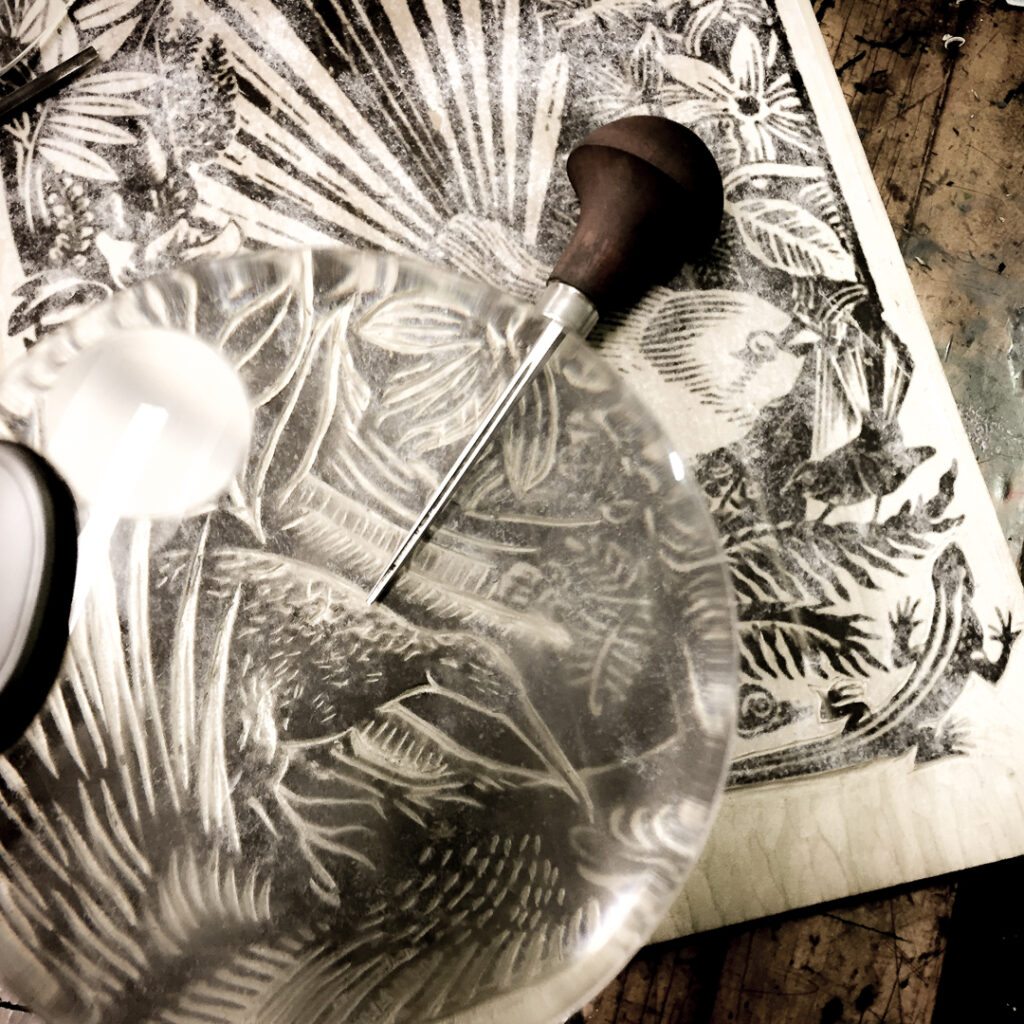
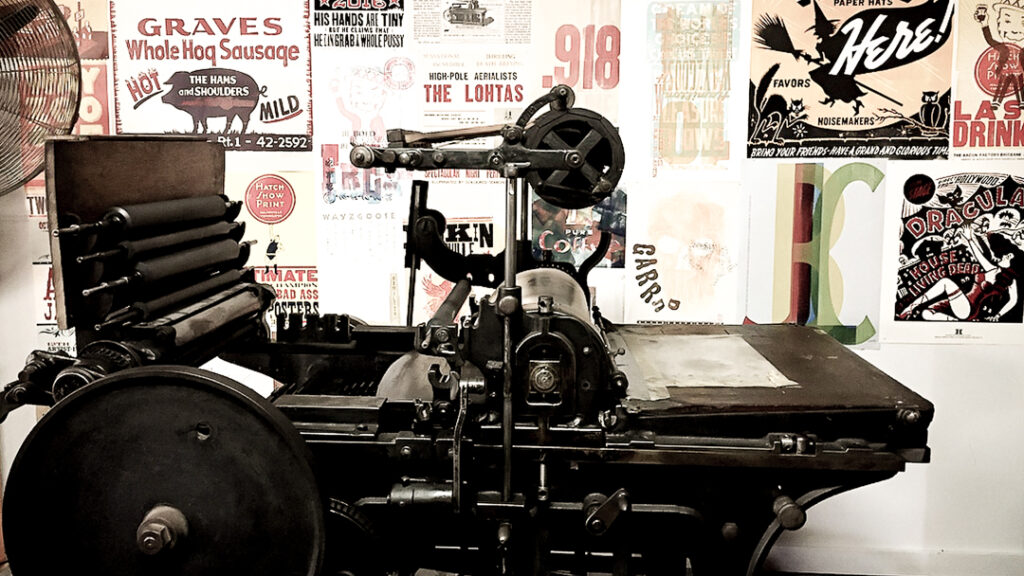
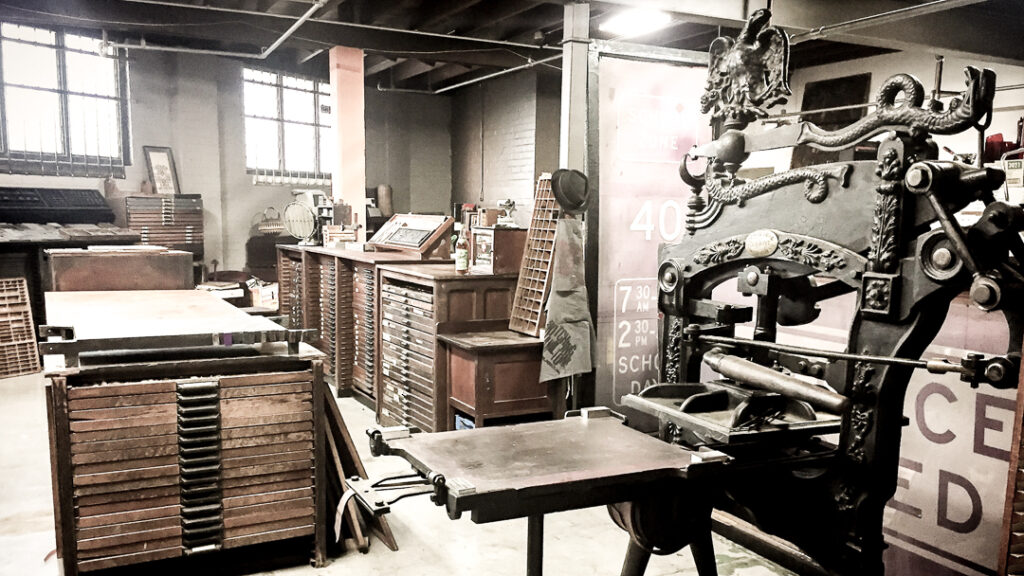
We scrambled. The dream was shrinking, so we downsized. I threw half the studio into two 40-foot containers and leased a shoebox-sized space in the Eagle Farm building. There we were—battered but still standing. We pivoted to online workshops, cranked up the music, drank some whisky, and carried on, refusing to let this thing die. It was a fight—a bloody good one—but still, it wasn’t enough. We were hanging by a thread.
It was time to rethink everything. Cue a Zoom call with a ragtag group of loyal supporters, some letterpress royalty, and a wild idea: a mobile studio. What the hell, right? We launched a GoFundMe campaign, and within 30 days, we had enough to make it happen. A 40-foot shipping container transformed into a letterpress studio on wheels.
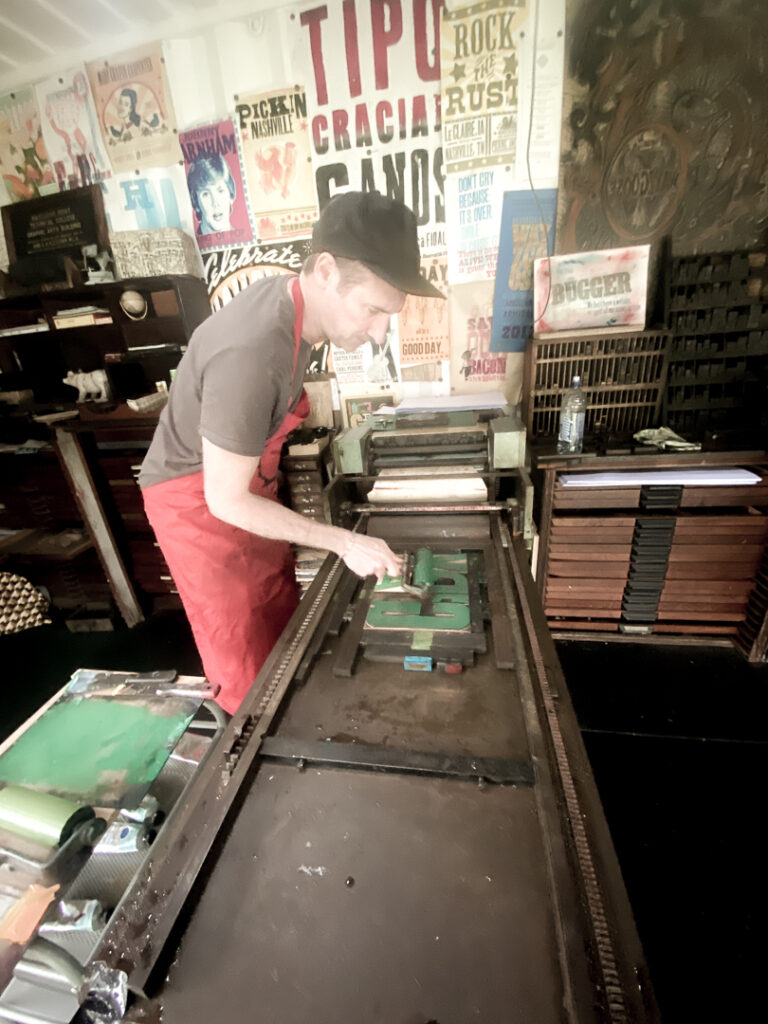
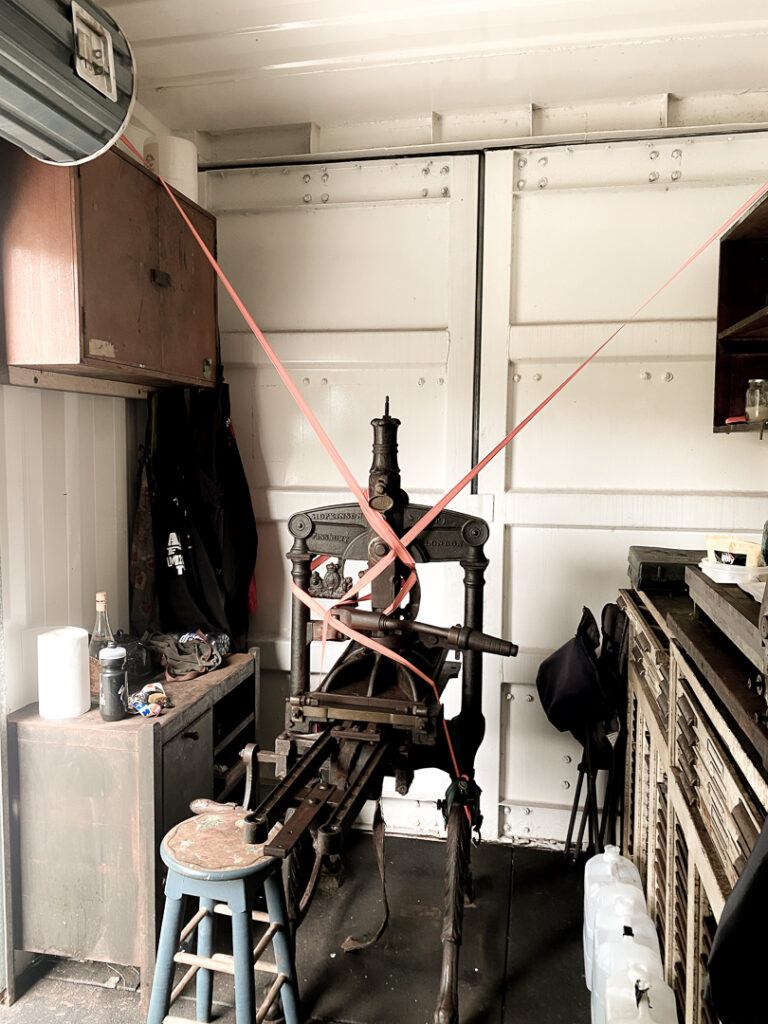
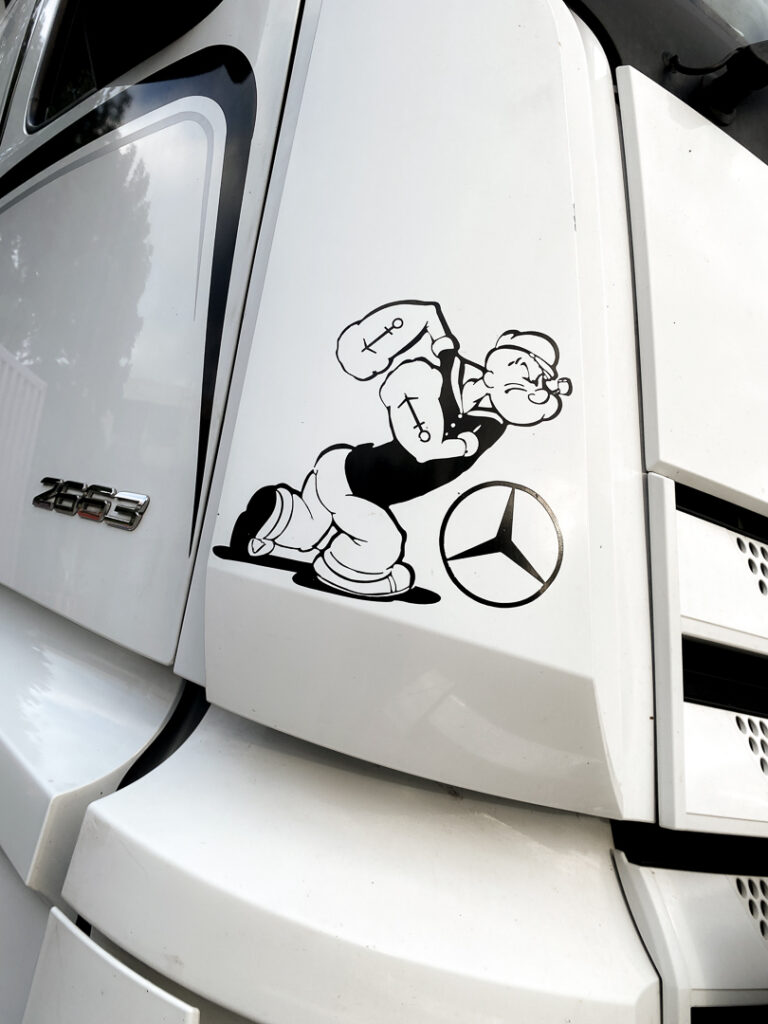
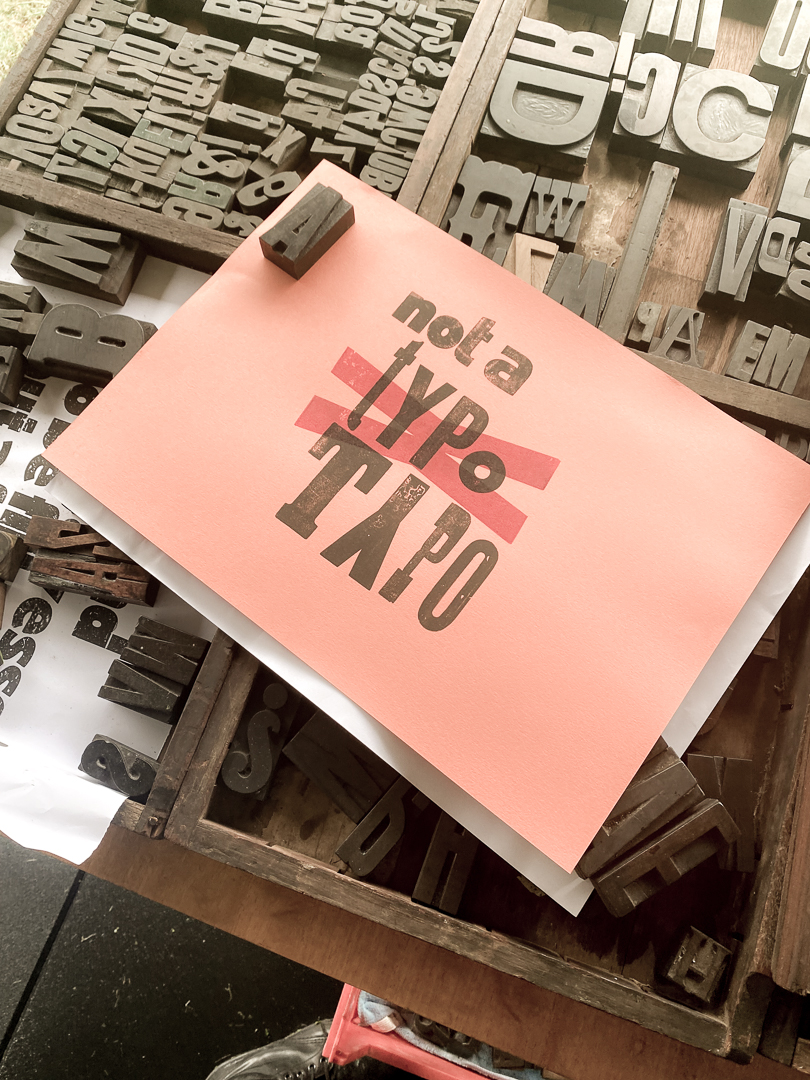
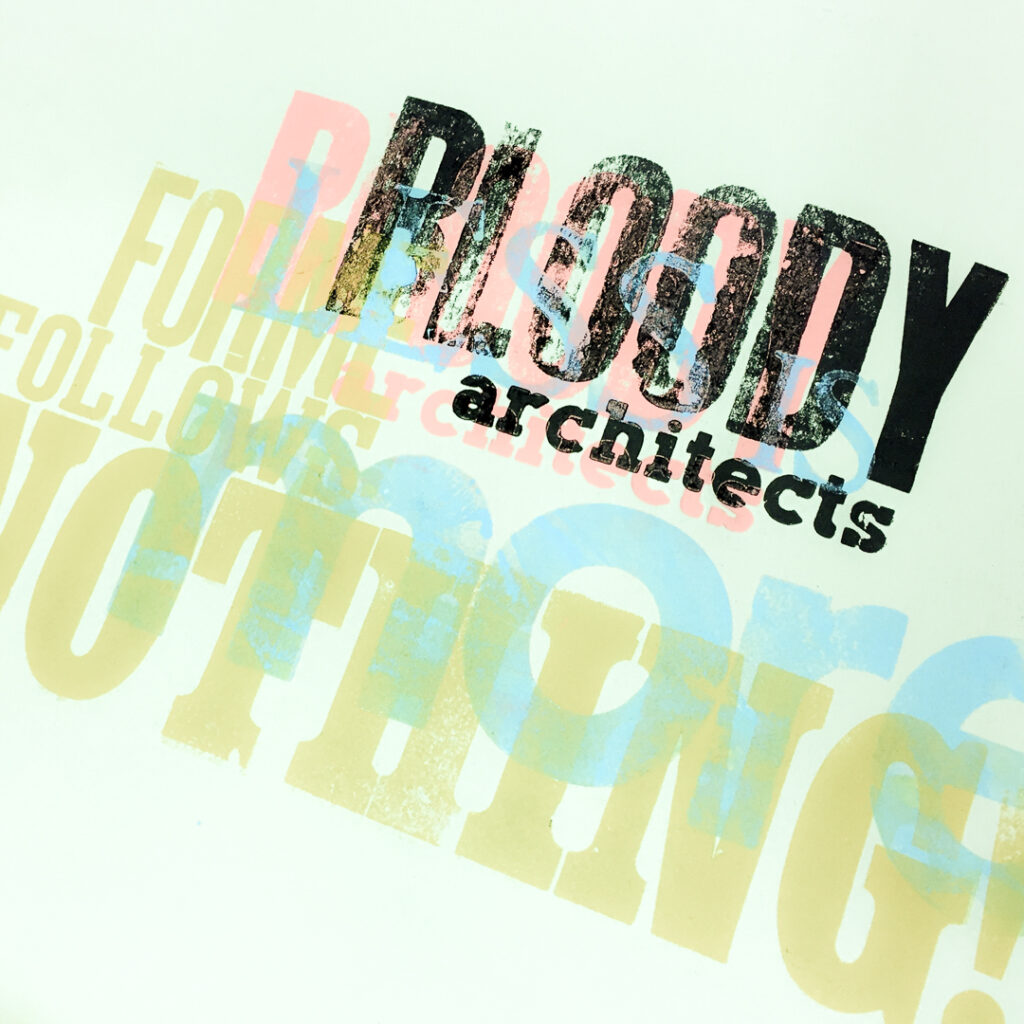
Three years later, in 2024, we launched SPAM. “WTF,” a number of my close friends said, We launched this prototype mobile letterpress studio at the Atypi Typography Conference in Brisbane. The design community embraced us with open arms, and that’s when we knew we were onto something.
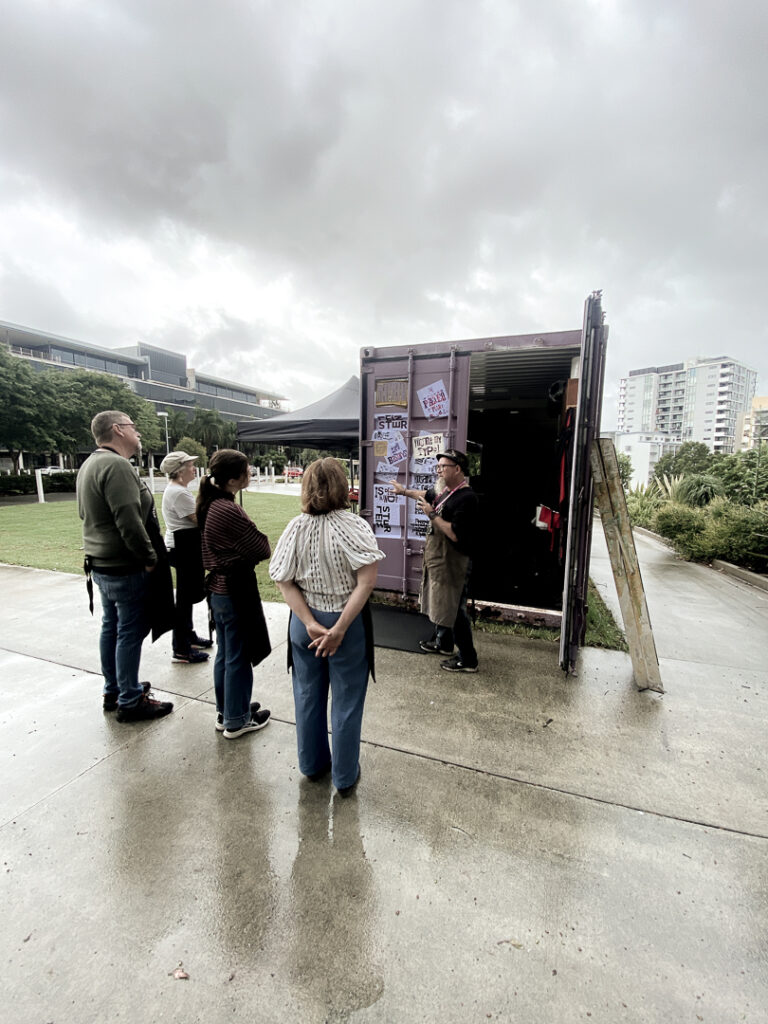
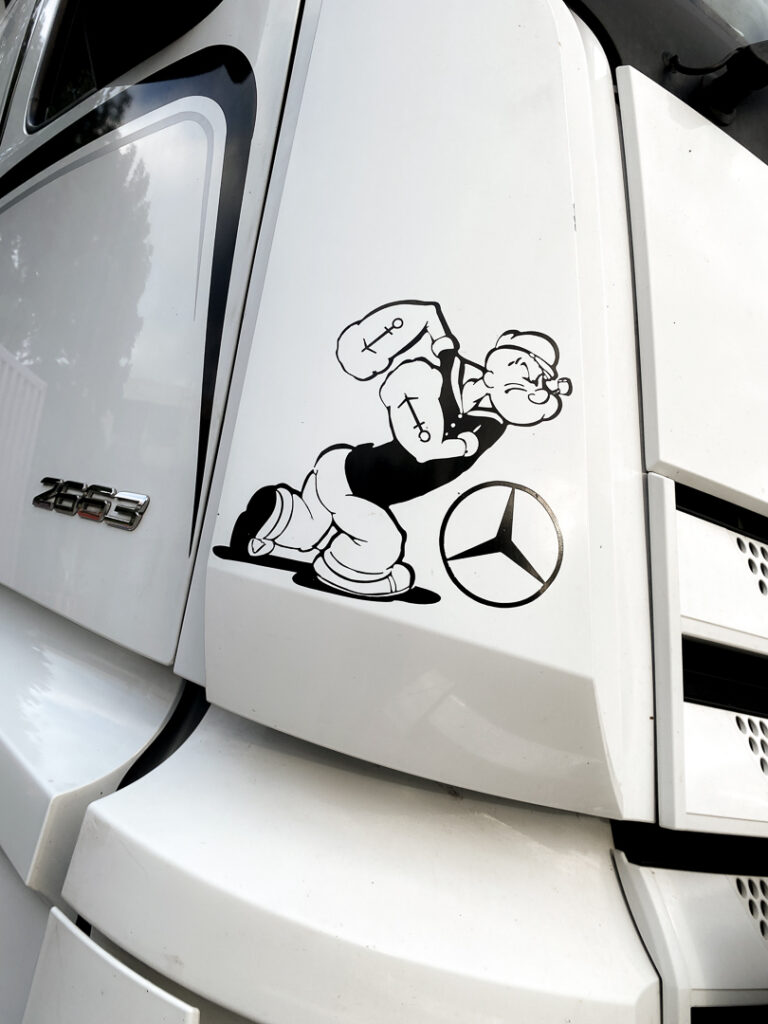
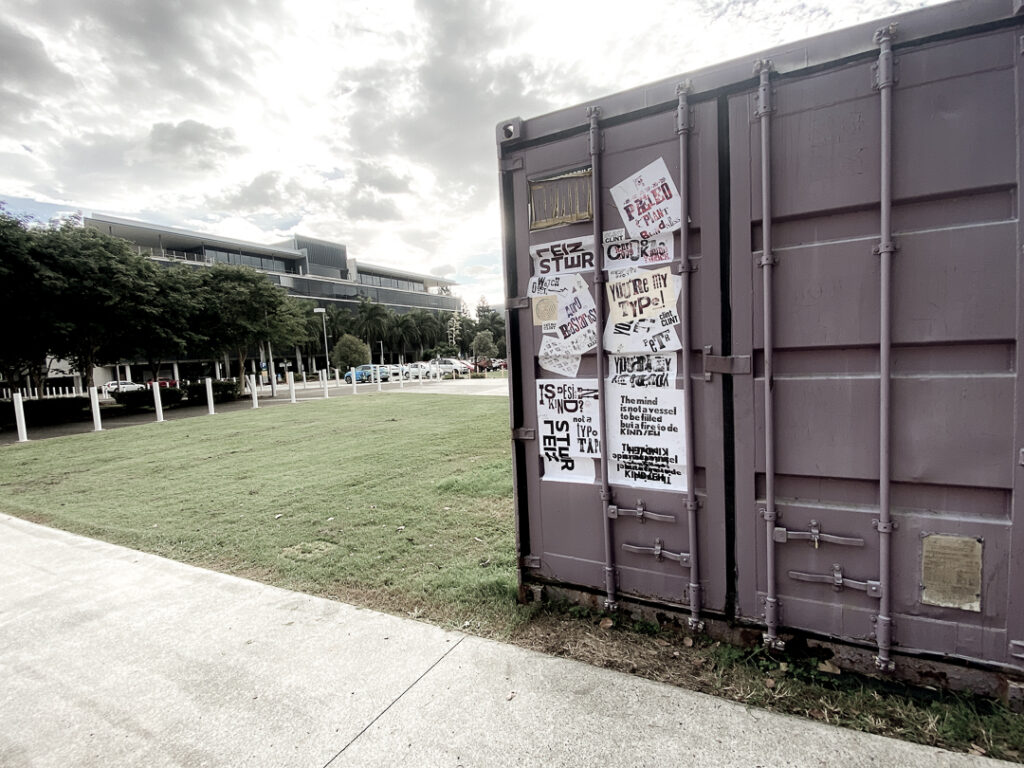

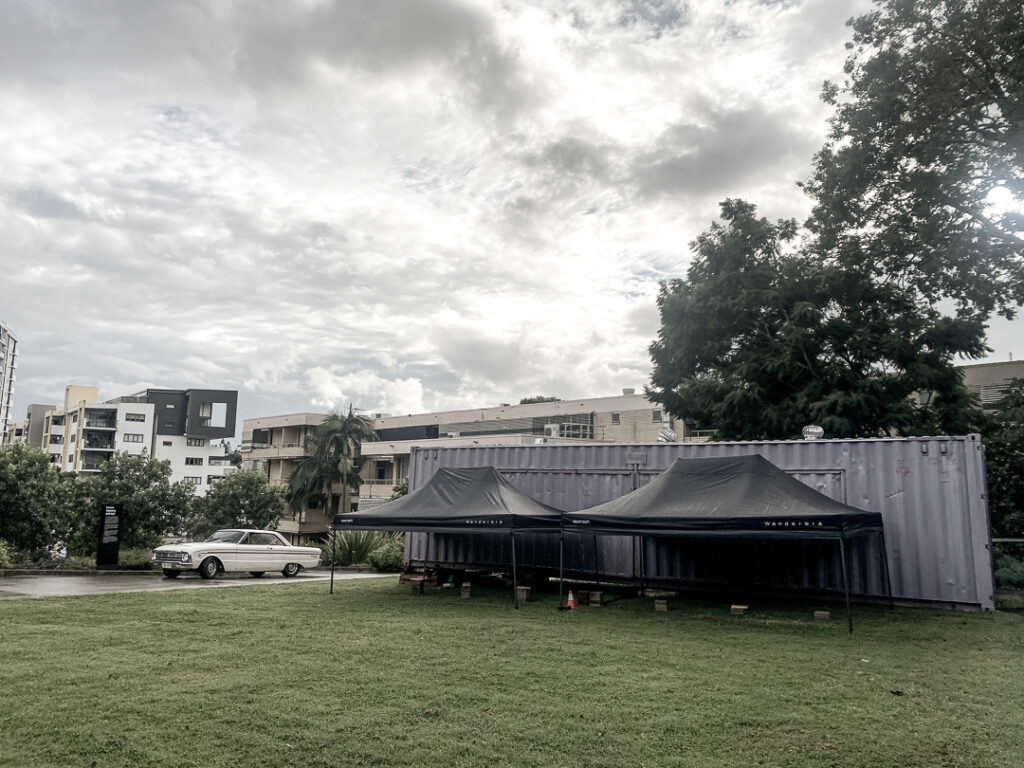
Now, we’ve got a new name Moveable Type Studio and a new chapter at The Paint Factory. This isn’t just some artsy fartsy joint. It’s raw. It’s real. It’s a community of creators who get their hands dirty. The building itself carries the legacy of Taubmans, a paint powerhouse. That history, of creating something solid and lasting, flows through these walls.
The folks behind The Paint Factory aren’t your typical developers in suits—they get it. They believe in creativity, they back the makers, and they understand that sometimes, the world needs people a little mad enough to push back against the norm.
Because here’s the thing: in a world that’s constantly speeding up, maybe the real revolution is to slow the fuck down. Open your eyes. Feel the ink on your hands. Smell the damn paint. Touch the world around you, because that’s where the magic happens. We’ve survived because we’ve stuck to that belief, and now, at The Paint Factory, we’ve found a place where creativity and madness go hand in hand.
This isn’t the end of the journey—it’s just the next step up the mountain.
